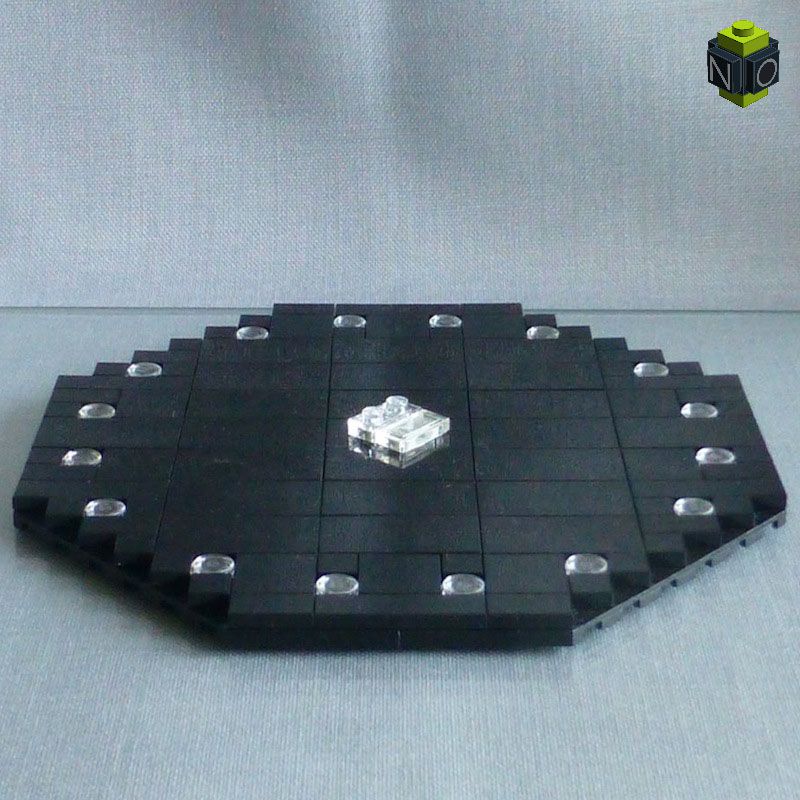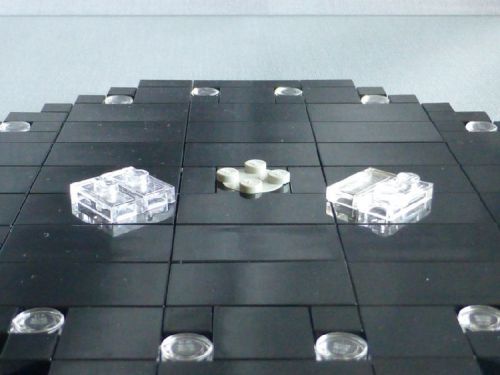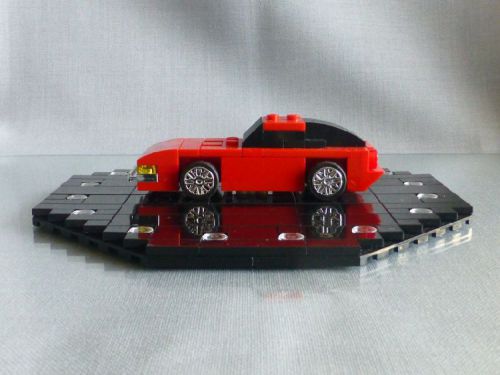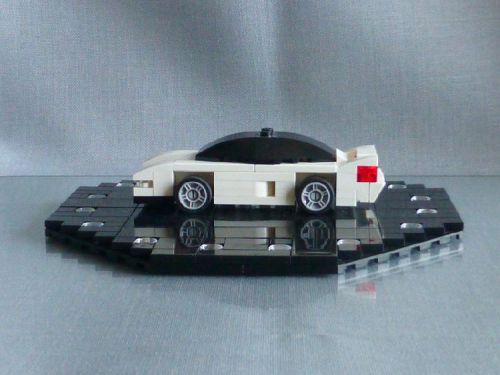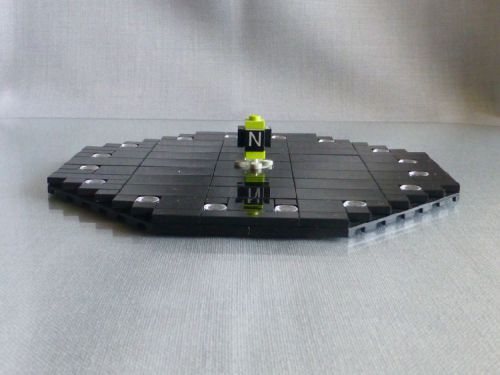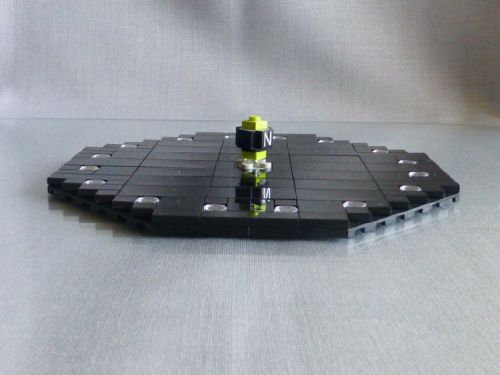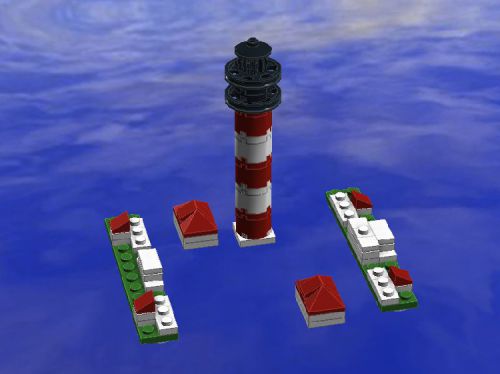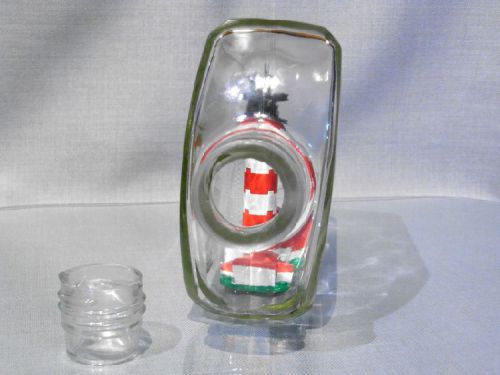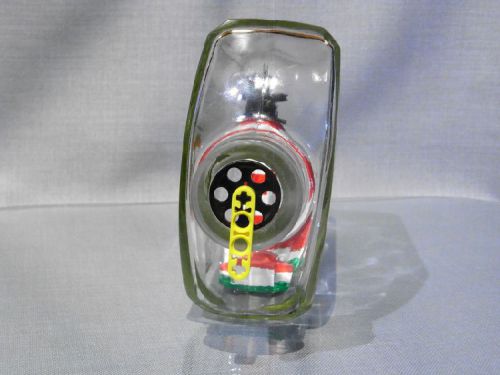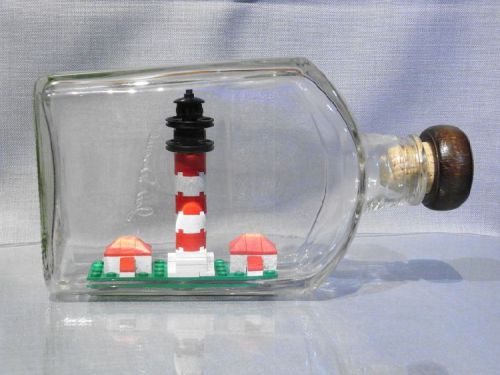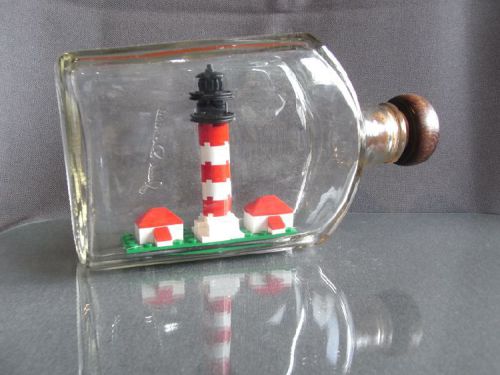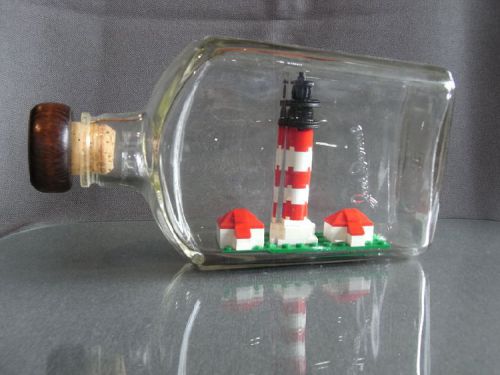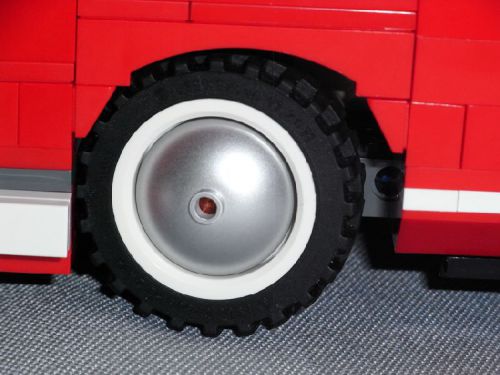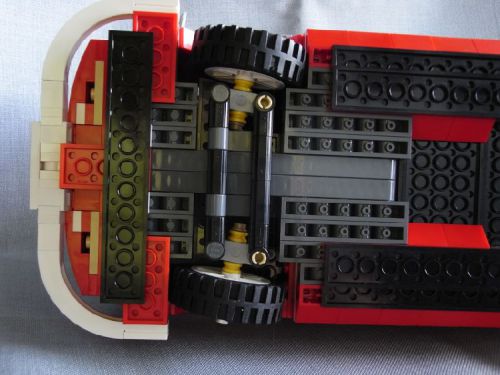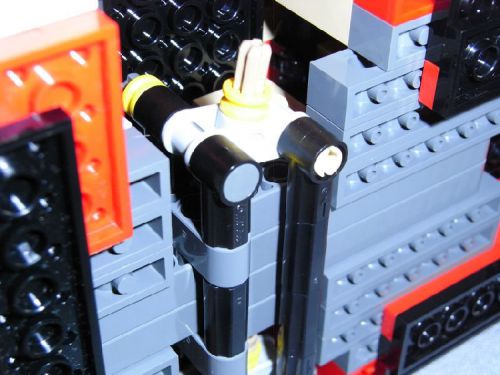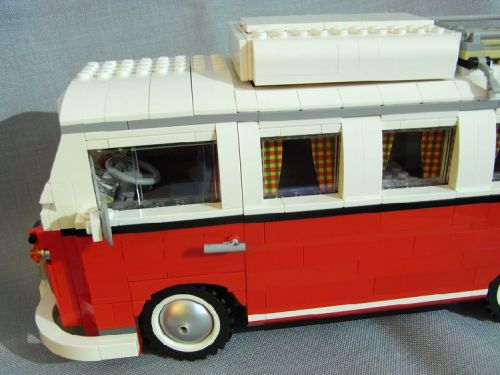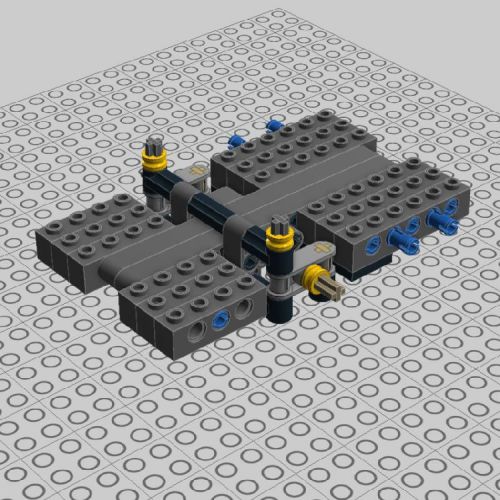
My studless version of the classic Technic 8846 Tow Truck from 1982
As a kid I was a big fan of the 8845 Dune Buggy. I also liked the matching 8846 Tow Truck on the cover of the Technic catalogue but unfortunately never got one as a kid.
There was no Internet, no Bricklink and the sets only remained in the stores for a year or so. So if you spent your pocket money on other things that year and didn’t get a set for Christmas or your birthday, you didn’t get it at all.
Well, times are changing and a few years ago I found a set at a fair price on Bricklink and finally, finally got this set. Back then I had already built a studless version of my beloved Dune Buggy, so the idea for a studless Tow Truck was there immediately. There were other projects in the making, so it took its time.
Now with some finished projects and Corona lockdown I’ve found some time to dedicate to this project. I wanted to get shape and dimensions as close as possible to the original, so I started to build the original model with LDD and the studless version right next to it.
I know I’m not the first one to do this. There is a digital model built by Arne Didrik on Rebrickable and a cool movie of another model built by PG Play on Youtube. Both models were inspirational, but I decided to built my own one from scratch with the original 8846 as my only reference.
The model is quite complex for its size with some pretty functions packed into a rather small space. So it got a little tricky here and there but I was finally able to build a model with the right shape and all functions.
This is it.

The original model didn’t have headlights or taillights, probably to reduce costs. But I didn’t want to leave it that way. As 8846 has always looked like a Land Rover Defender I added headlights similar to a Series III model.
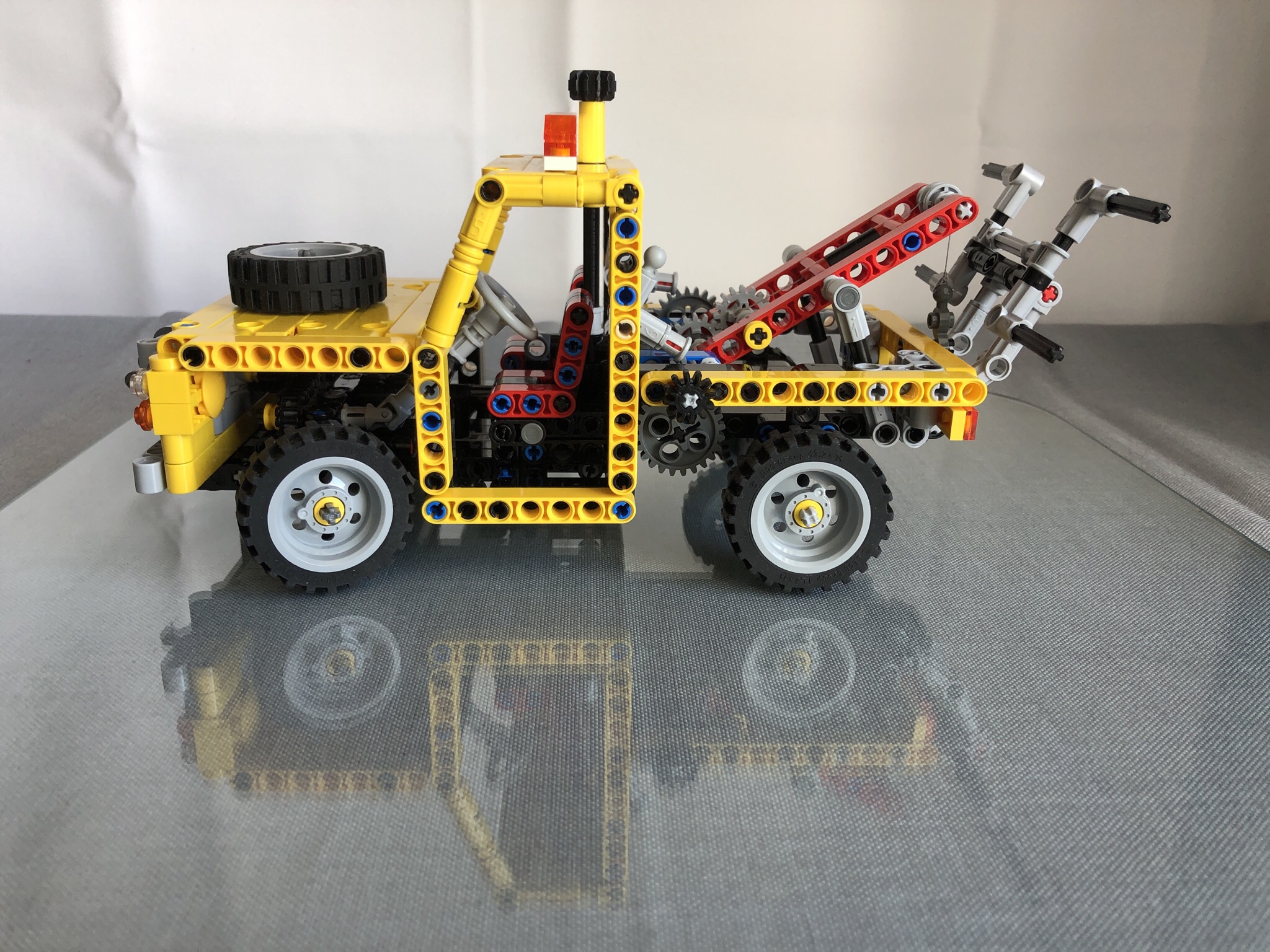
Side view: As usual on the classic Technic models the bodywork looks more like a frame than sheet metal parts. All lift arms have the same dimension as the beams on the original model
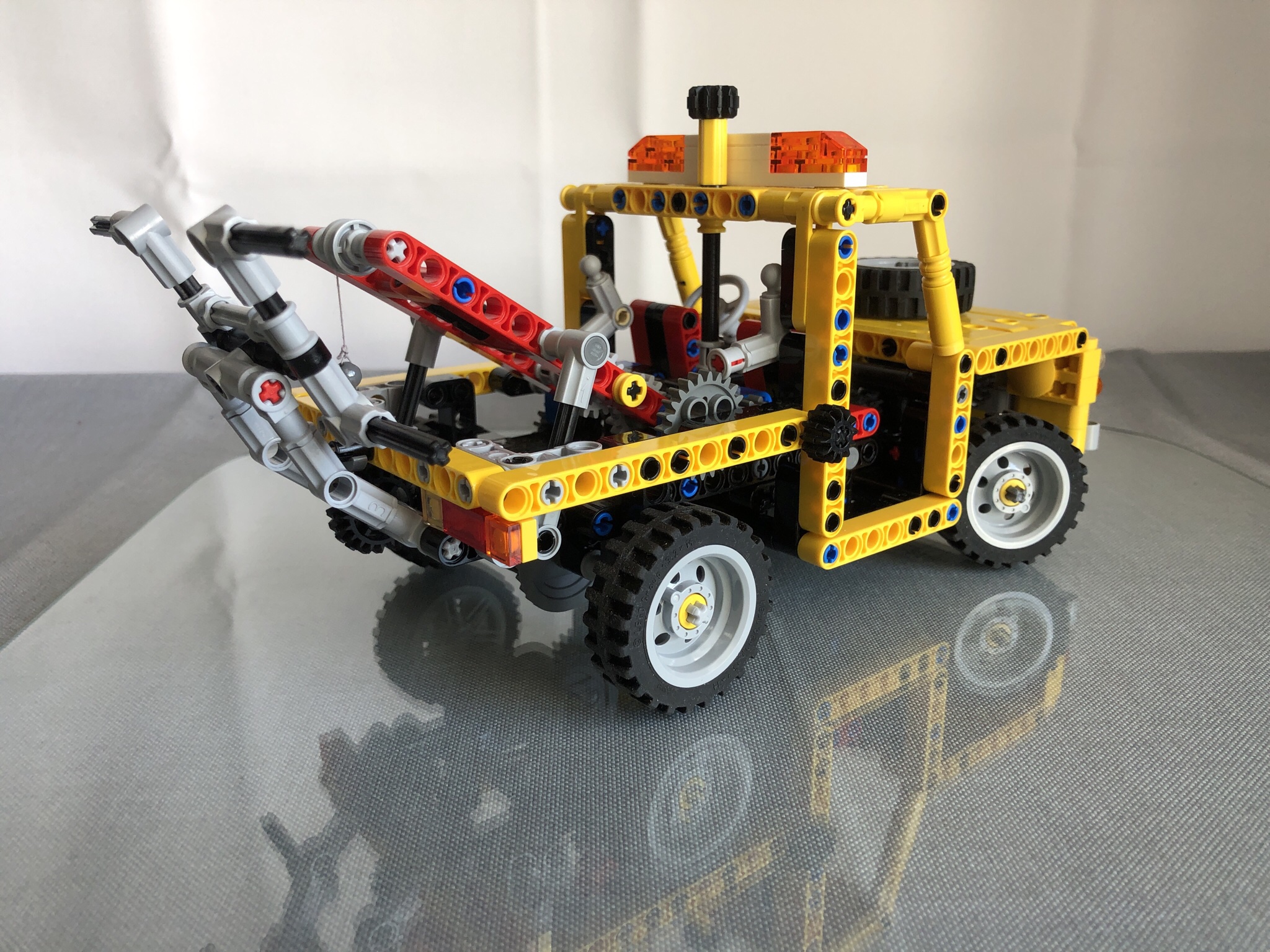
Rear end: There is just minimal bodywork with a visible frame and axle. Like on the original model I’ve kept the differential without connections to a power train. I’ve also added some simple classic truck tail lights. I didn’t find many pictures of Land Rover tow trucks and they all had different tail lights, so I had a free choice.
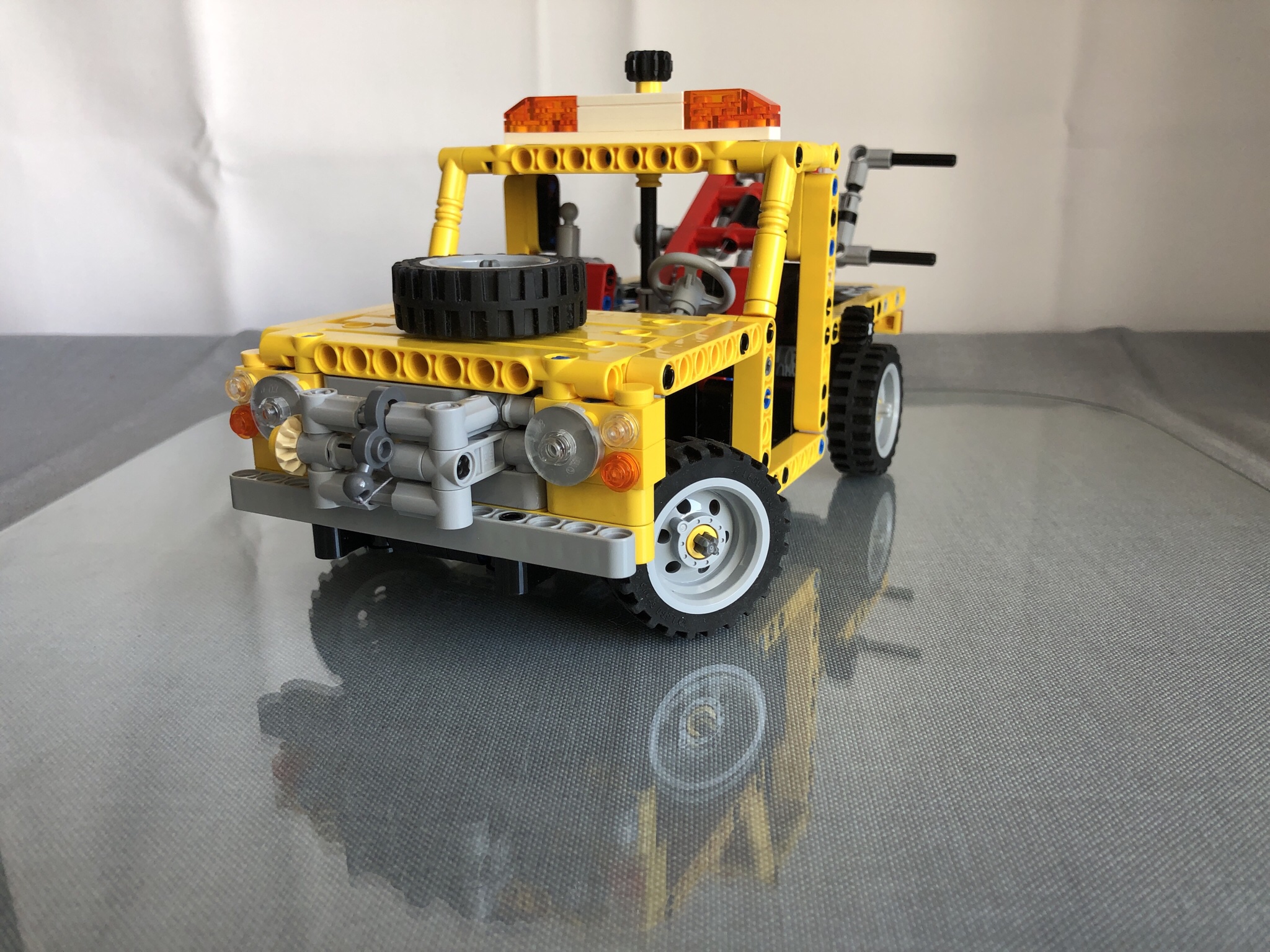
Another view from the front. I really like the look of the head lights. I decided to add a more modern set of emergency lights on the roof. The original had red ones, but for me orange ones look a lot better.
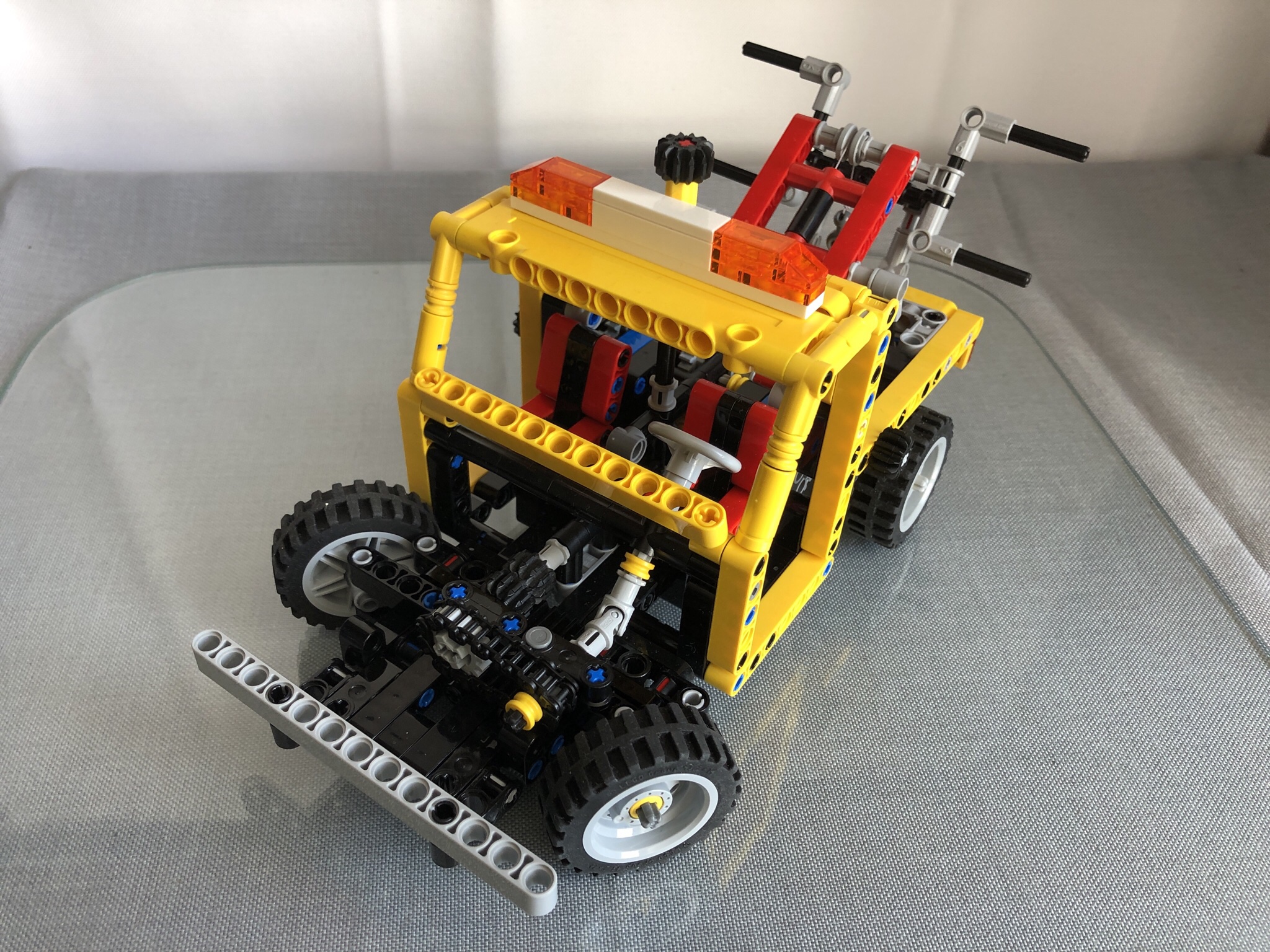
I was able to include all functions of the original model. Here you can see the steering system with steering wheel and HOG steering connected with a chain instead of a rubber band. It works a lot better this way.
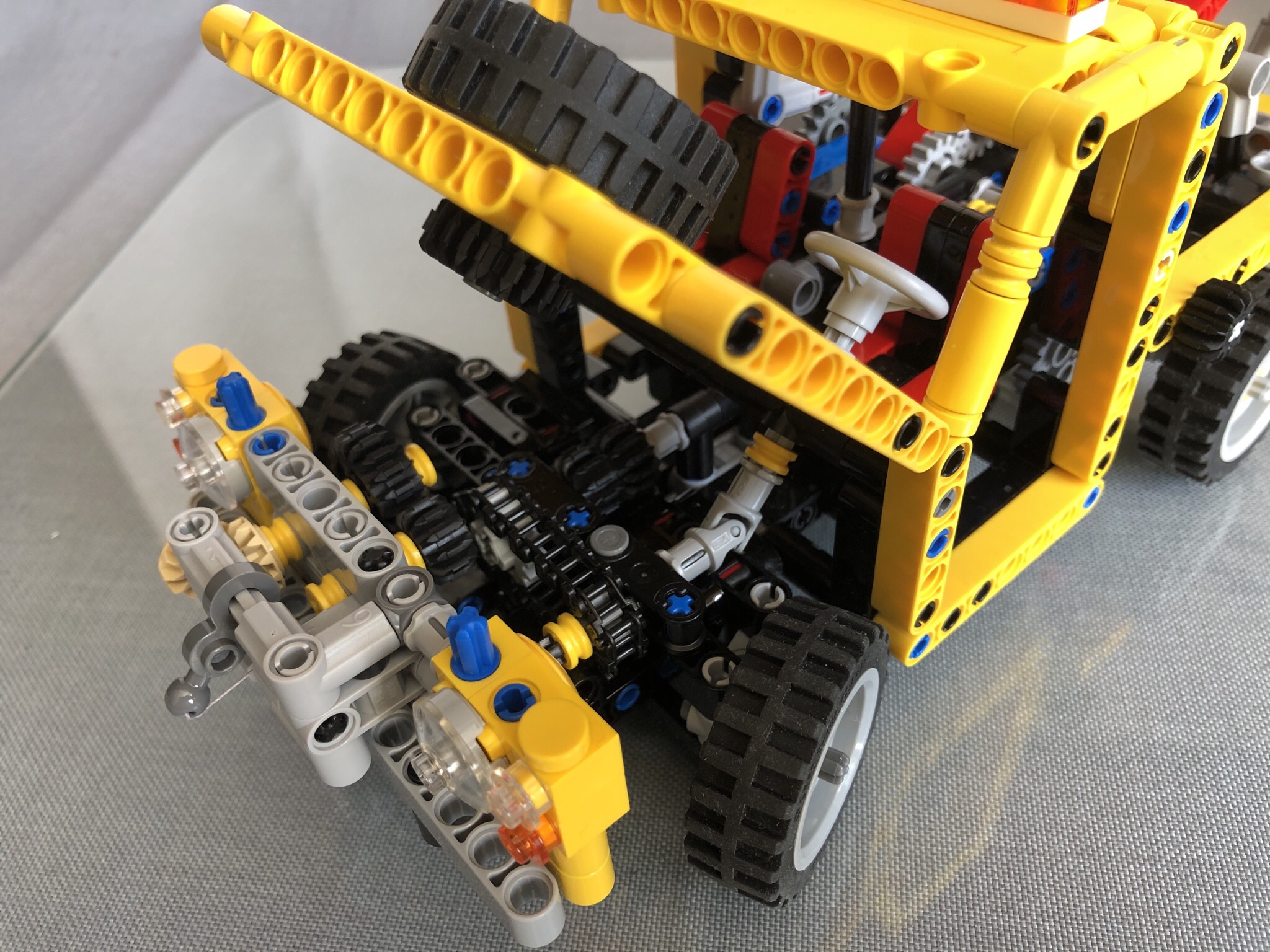
Unlike the original model the new one can open the bonnet. The winch can be driven by the spare wheel when the bonnet is closed.
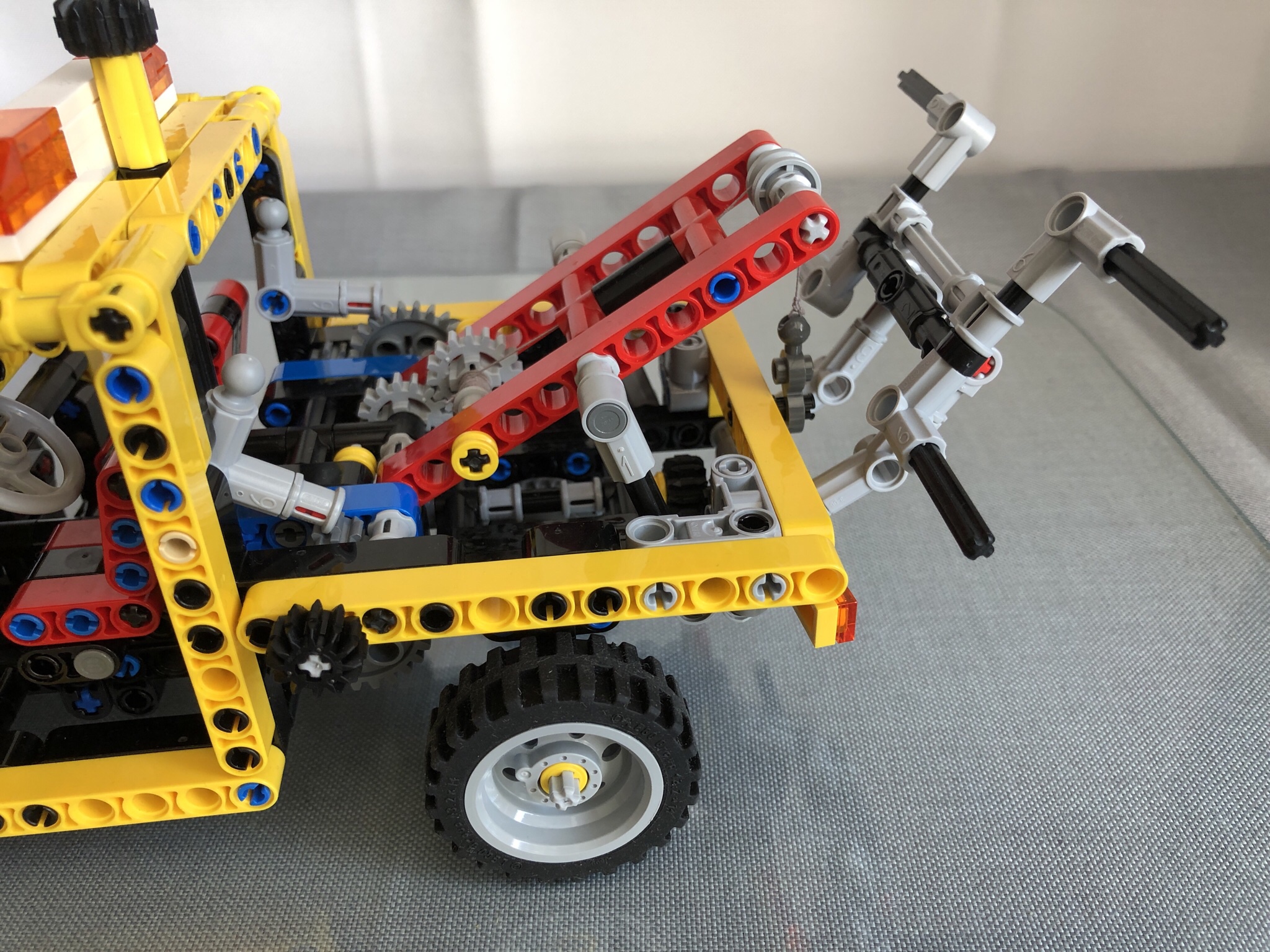
The “fork” mechanism works just like on the original model. I only added an additional lever on the blocking mechanism.
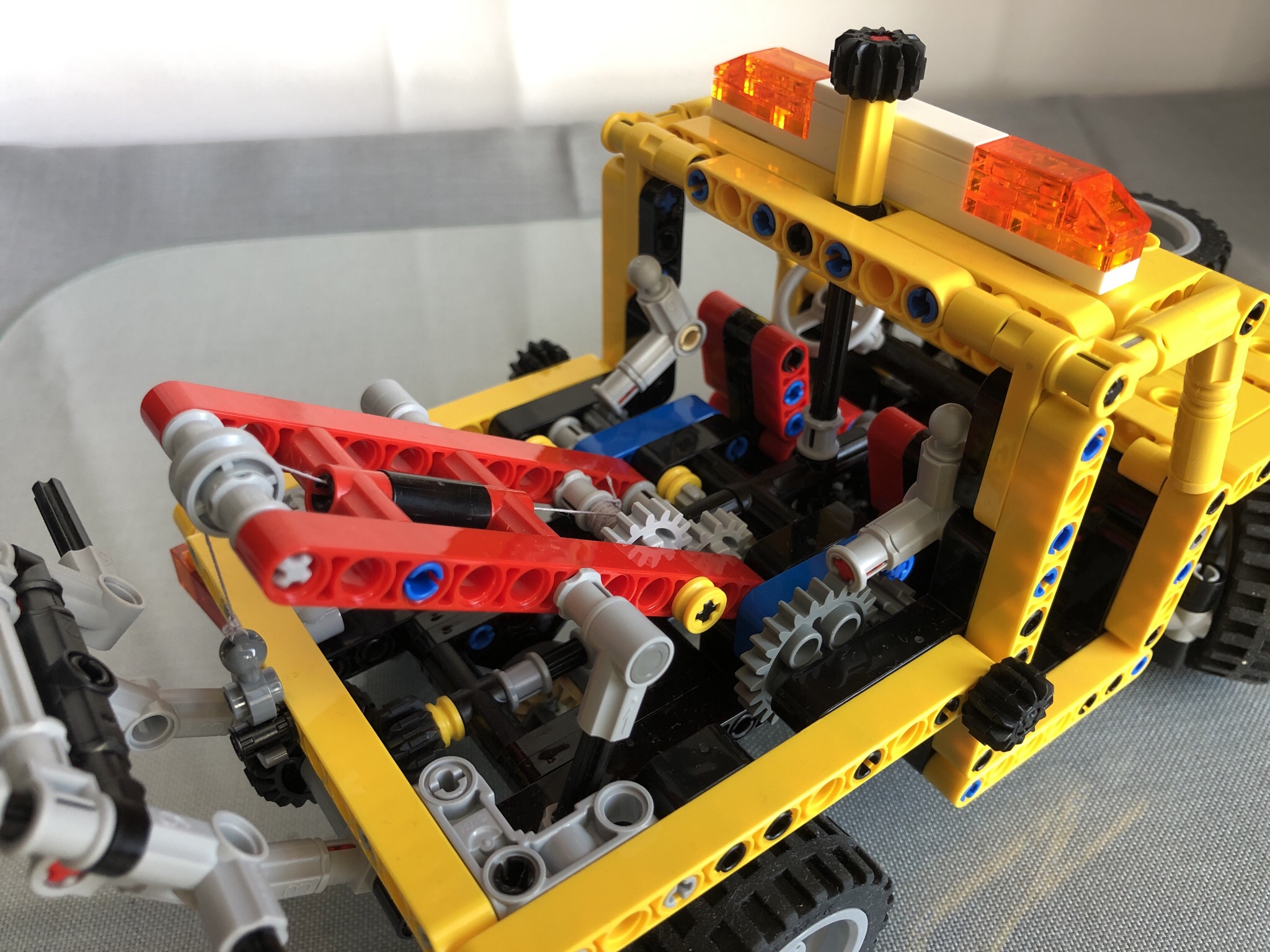
The rear winch is very similar to the original model. I’ve just added a pair of gears because I needed the space in the middle of the lower axle for a connector. As usual on newer models, most of the functions are operated by the small black double bevel gears.
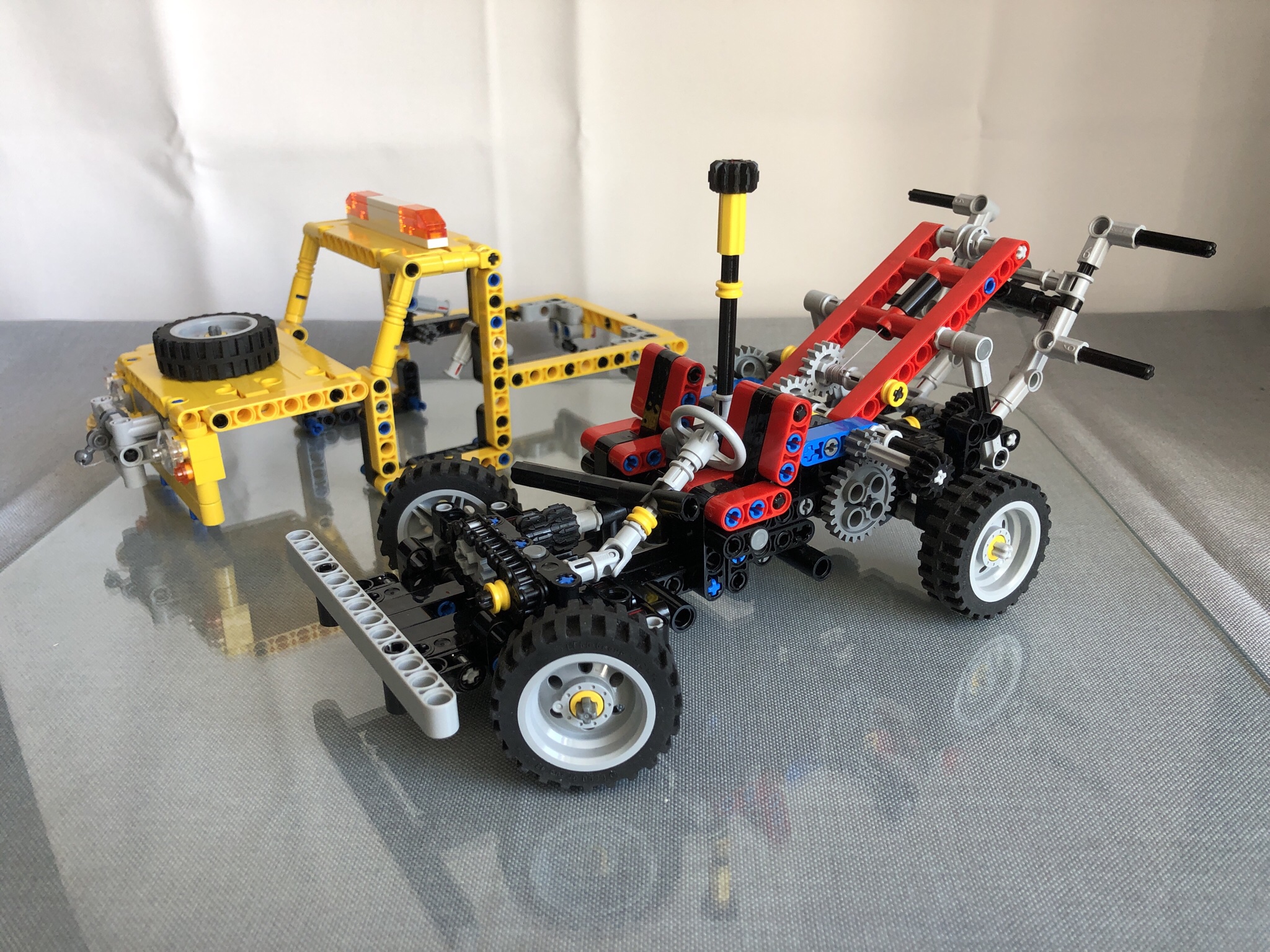
You can easily take off the body work.
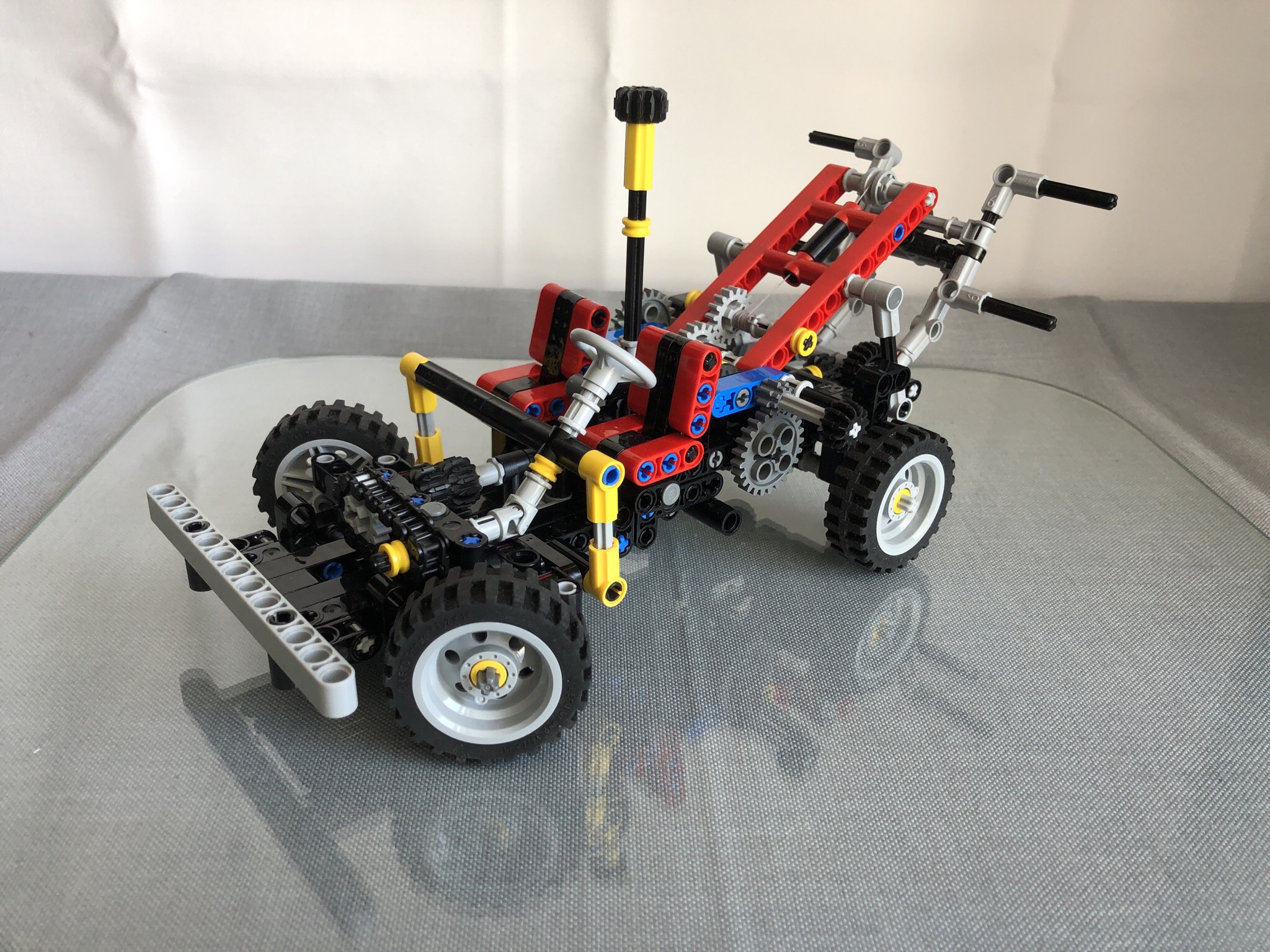
Just add two simple supports and you get a working rolling chassis.
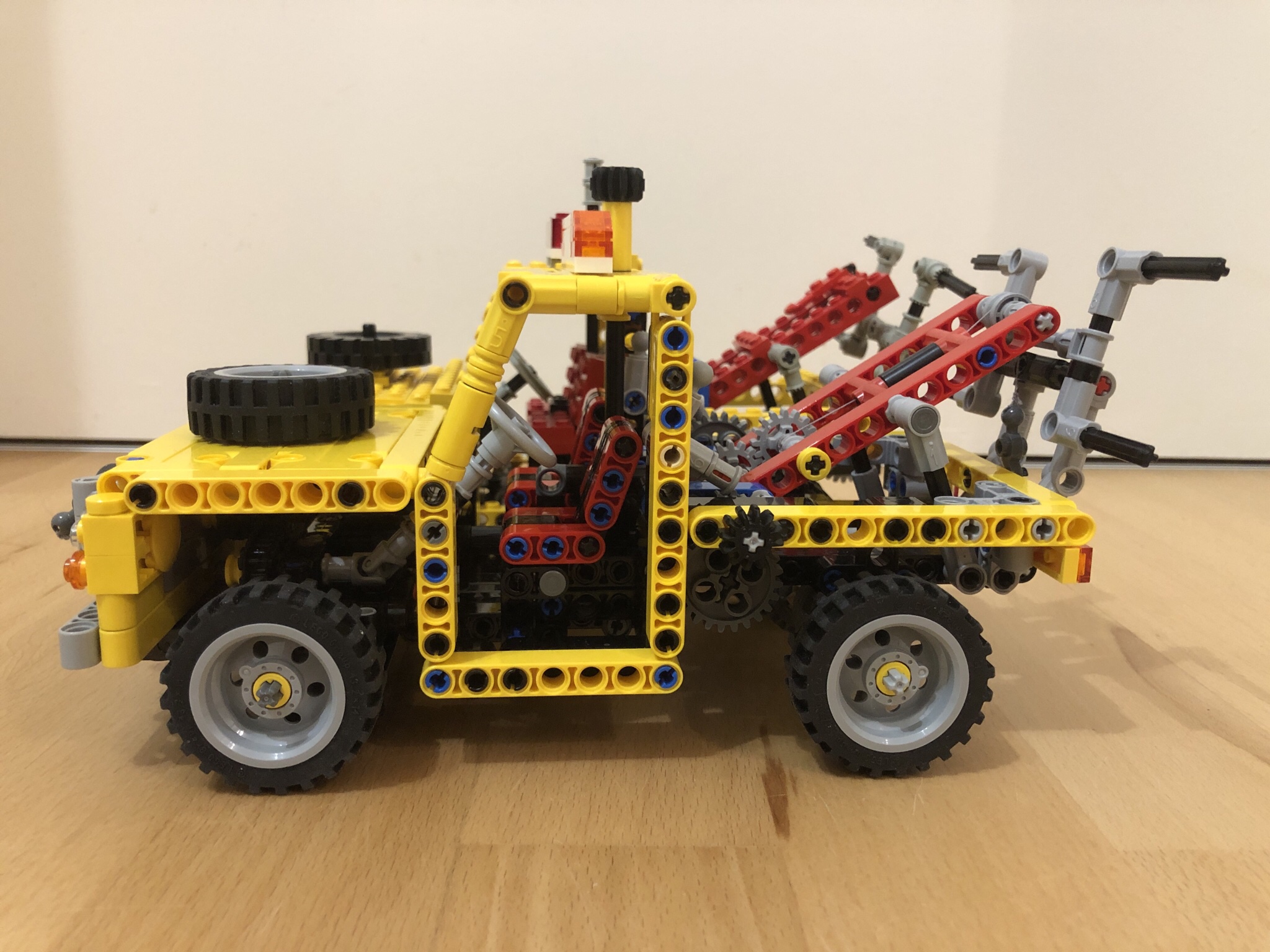
Side view comparison: The silhouettes match exactly.
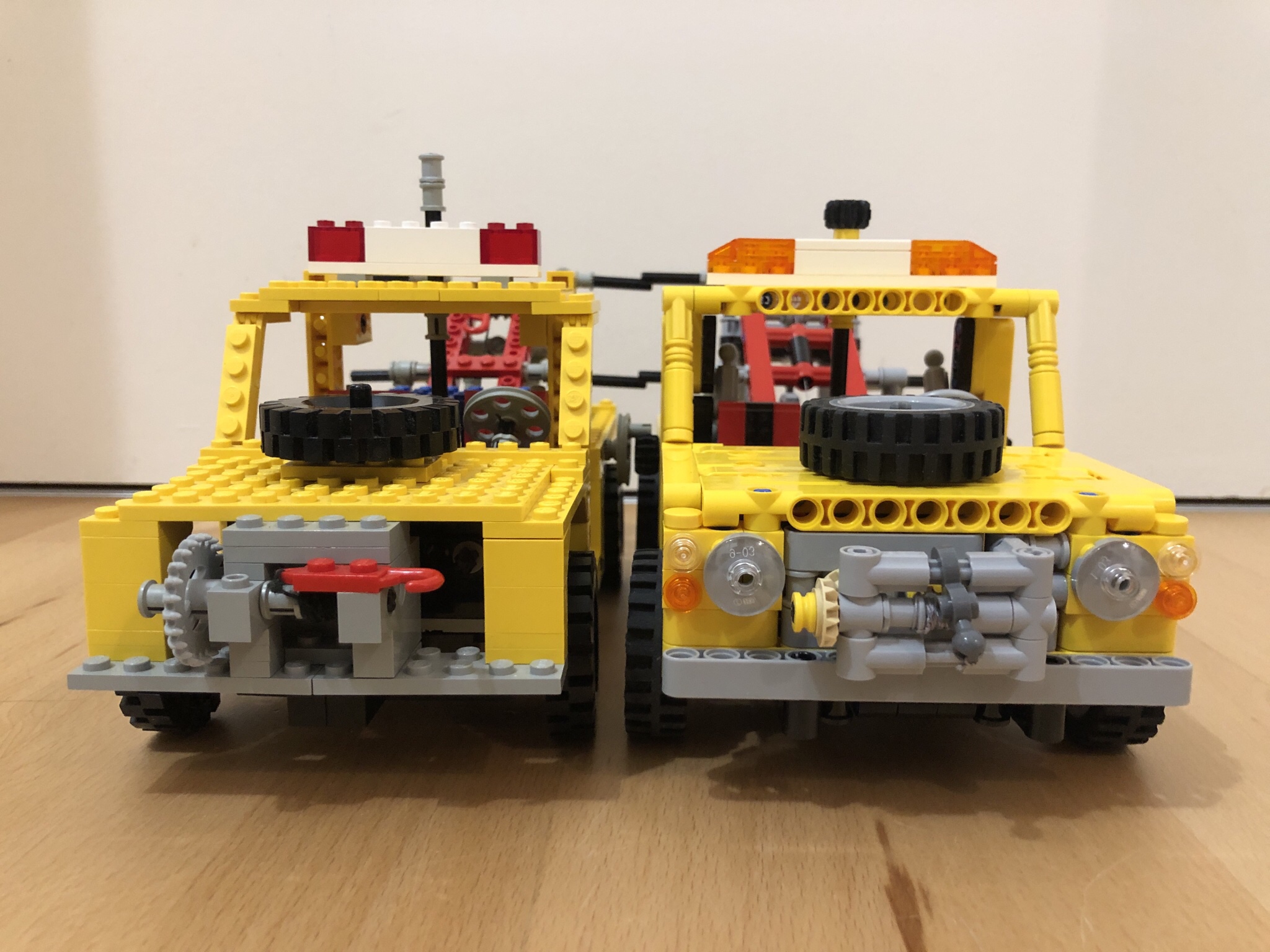
Front view comparison: Just like my 8845 Dune Buggy before the new one is one stud (or hole) wider than the original to get the typical “odd width” of new Technic models. Head lights have been added, emergency lights, spare wheel and HOG steering have been replaced by newer versions.
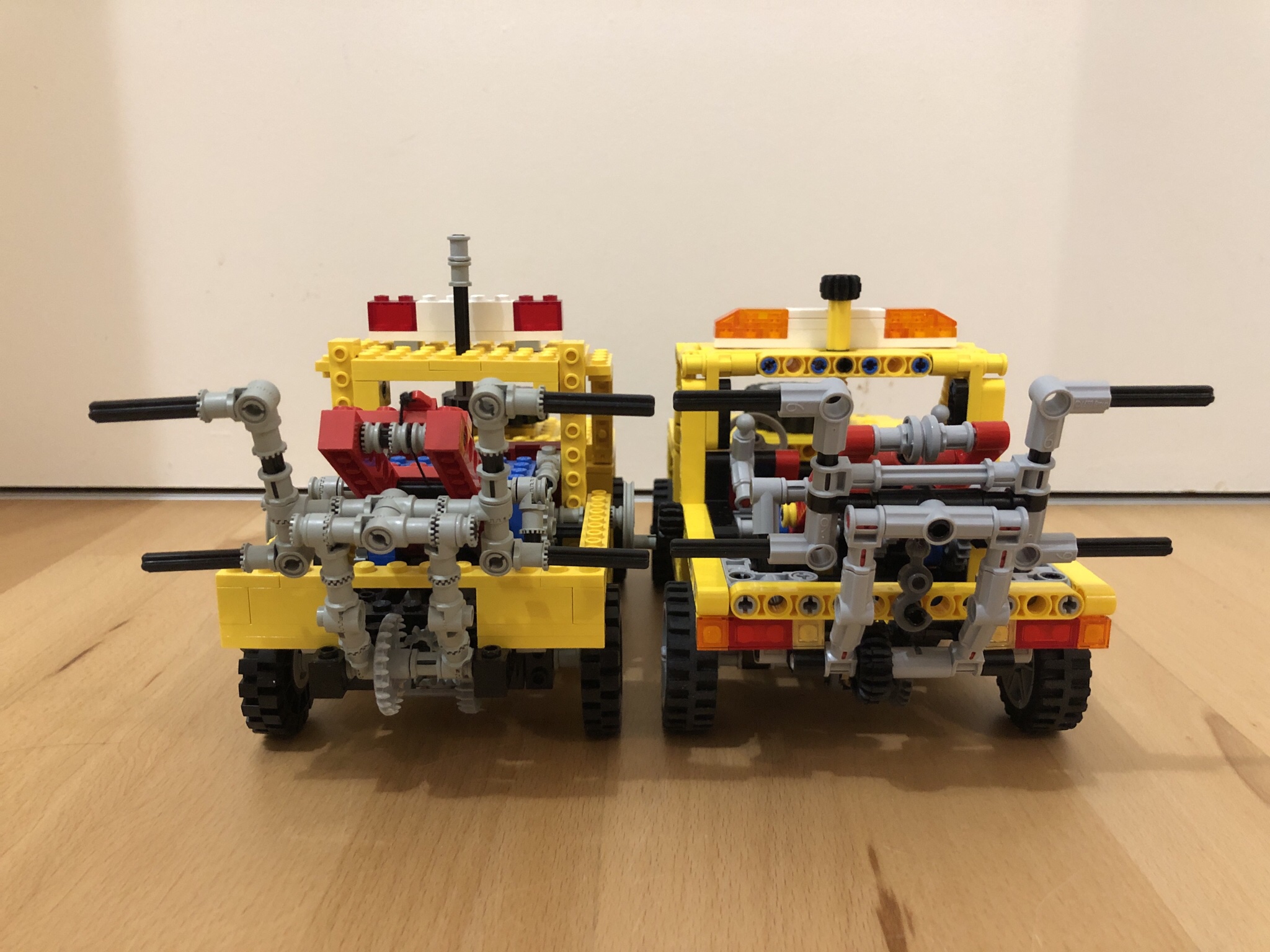
Rear view comparison: Everything is one stud wider, tail lights are new. With all the new parts and details the new one has 561 parts instead of 379.

So this is my new studless Lego Technic version of the classic Tow Truck from 1982 with the image that started the whole thing.
I hope you like it! :-))

Bonus picture:
Family meeting – 8845 and 8846, old and new (father, son, uncle and cousin) ;-))
 On the rear end of the tower there are two of my new favourite SNOT bricks (1 x 2 x 1 2/3 brick with studs on one side) to attach the platform. This way you need less space to store the tower next to your board games.
On the rear end of the tower there are two of my new favourite SNOT bricks (1 x 2 x 1 2/3 brick with studs on one side) to attach the platform. This way you need less space to store the tower next to your board games.

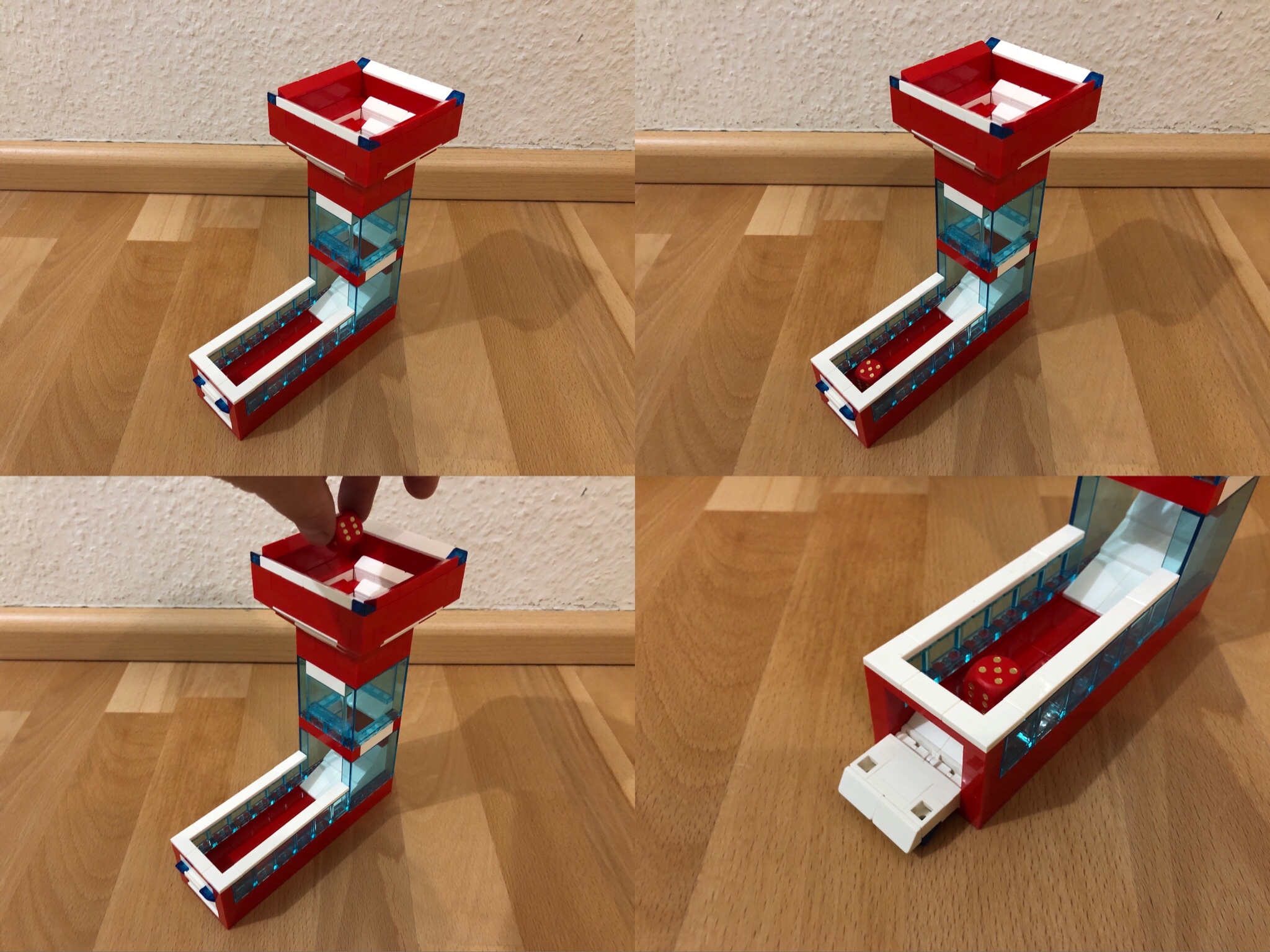


















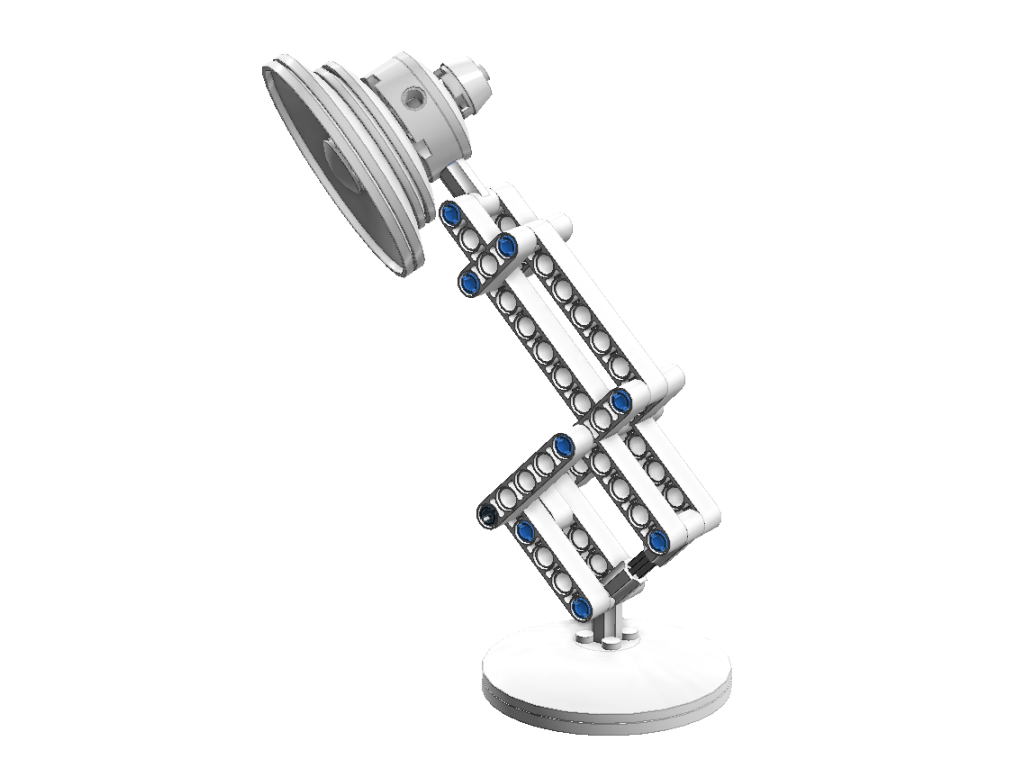
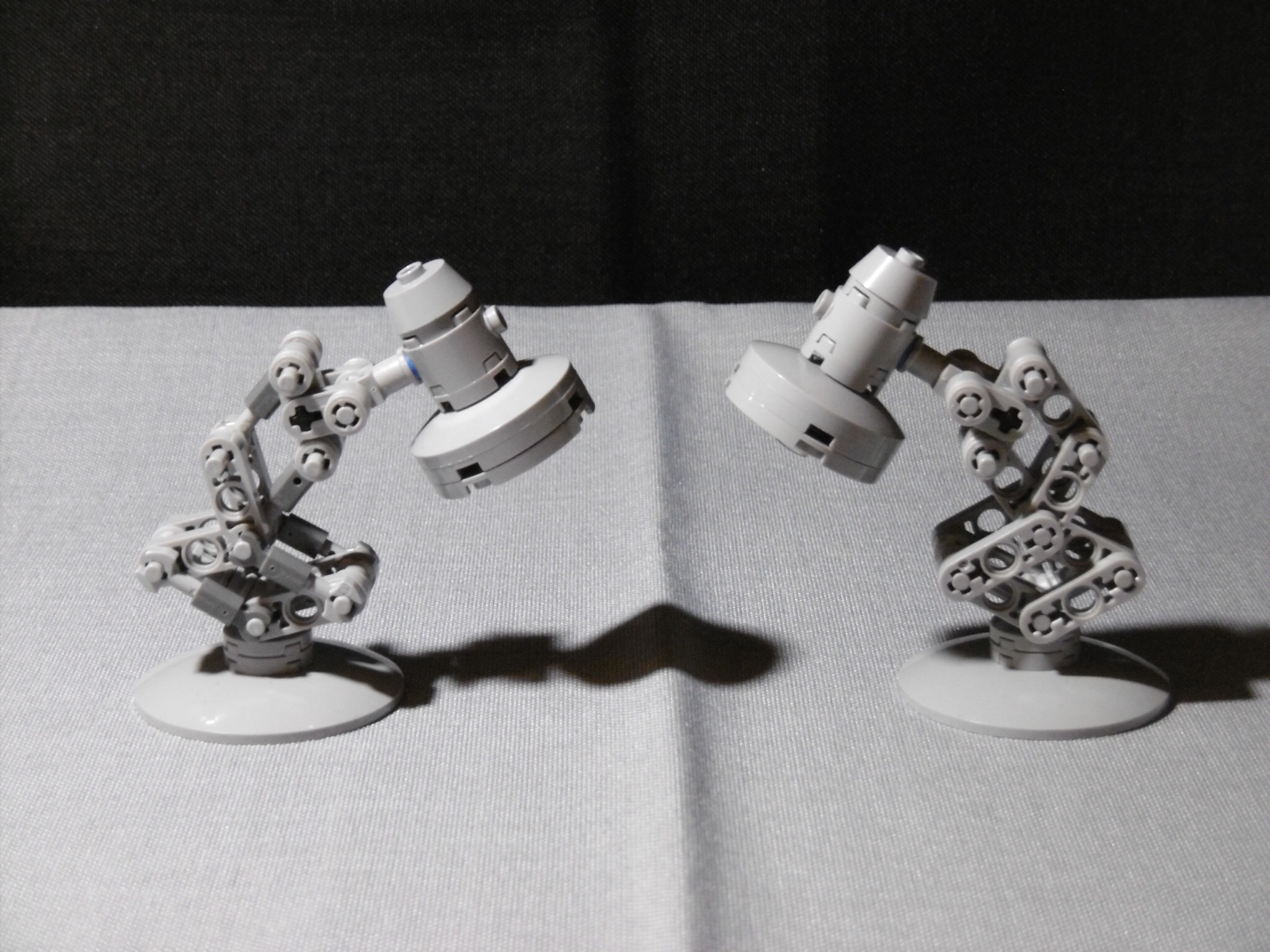


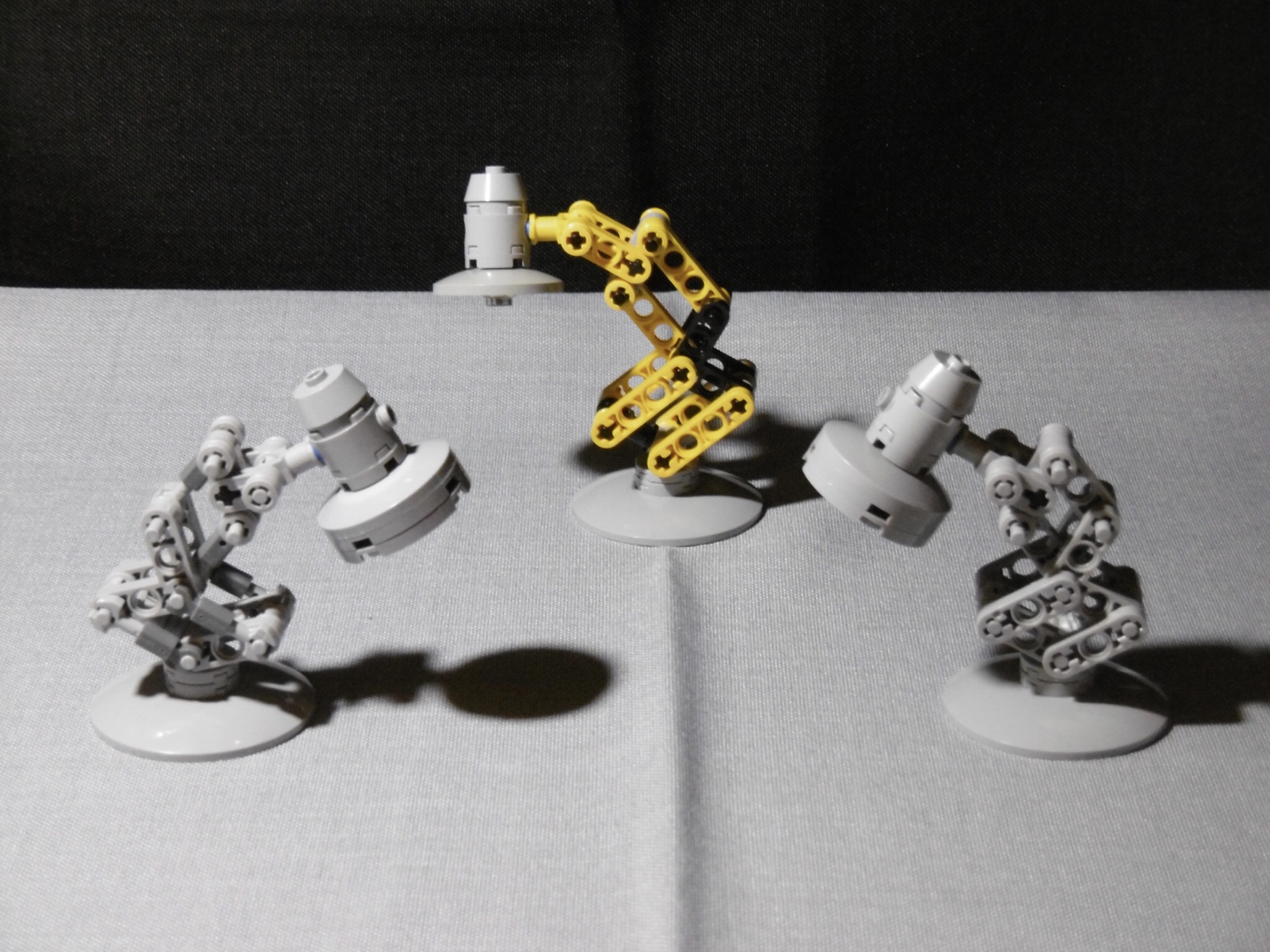
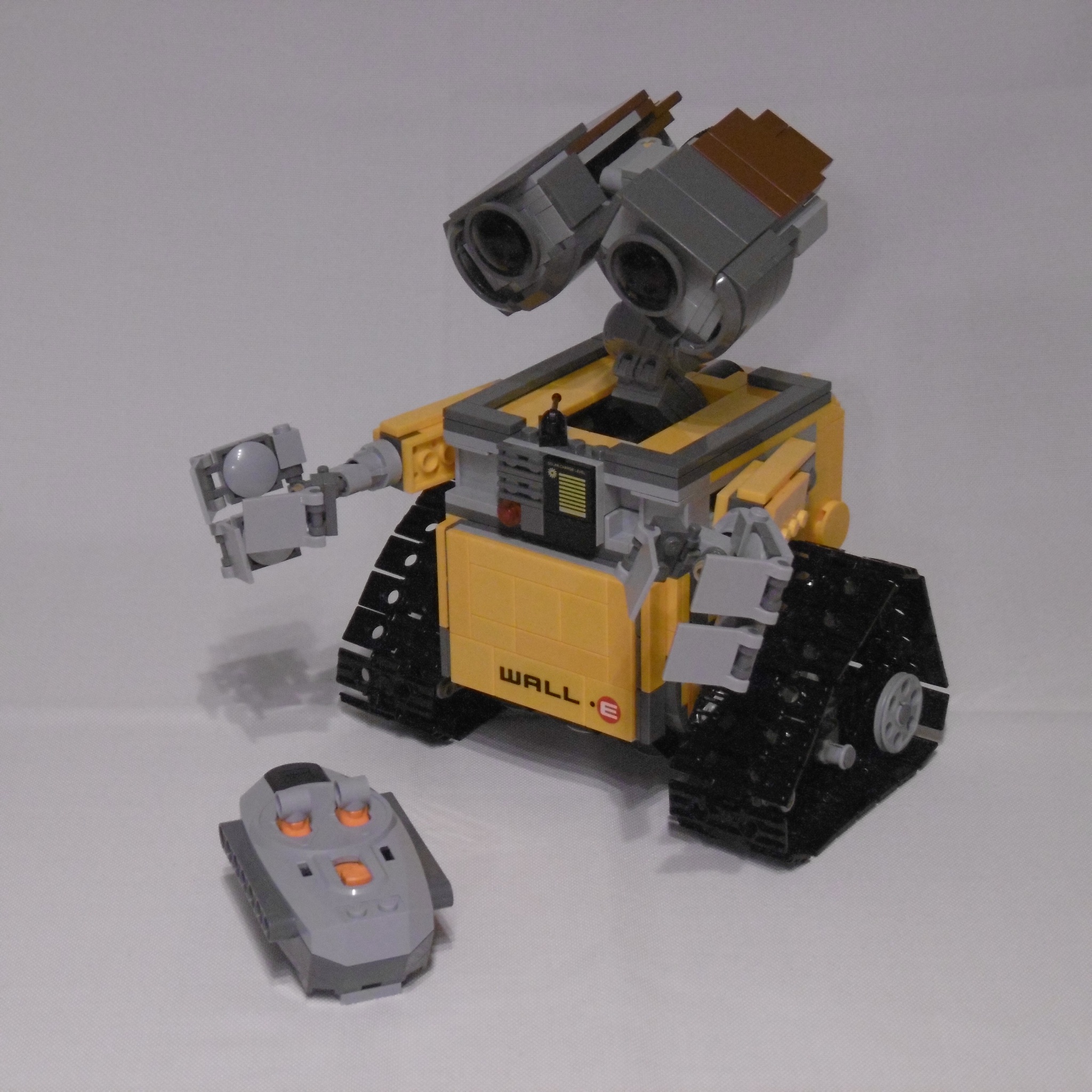
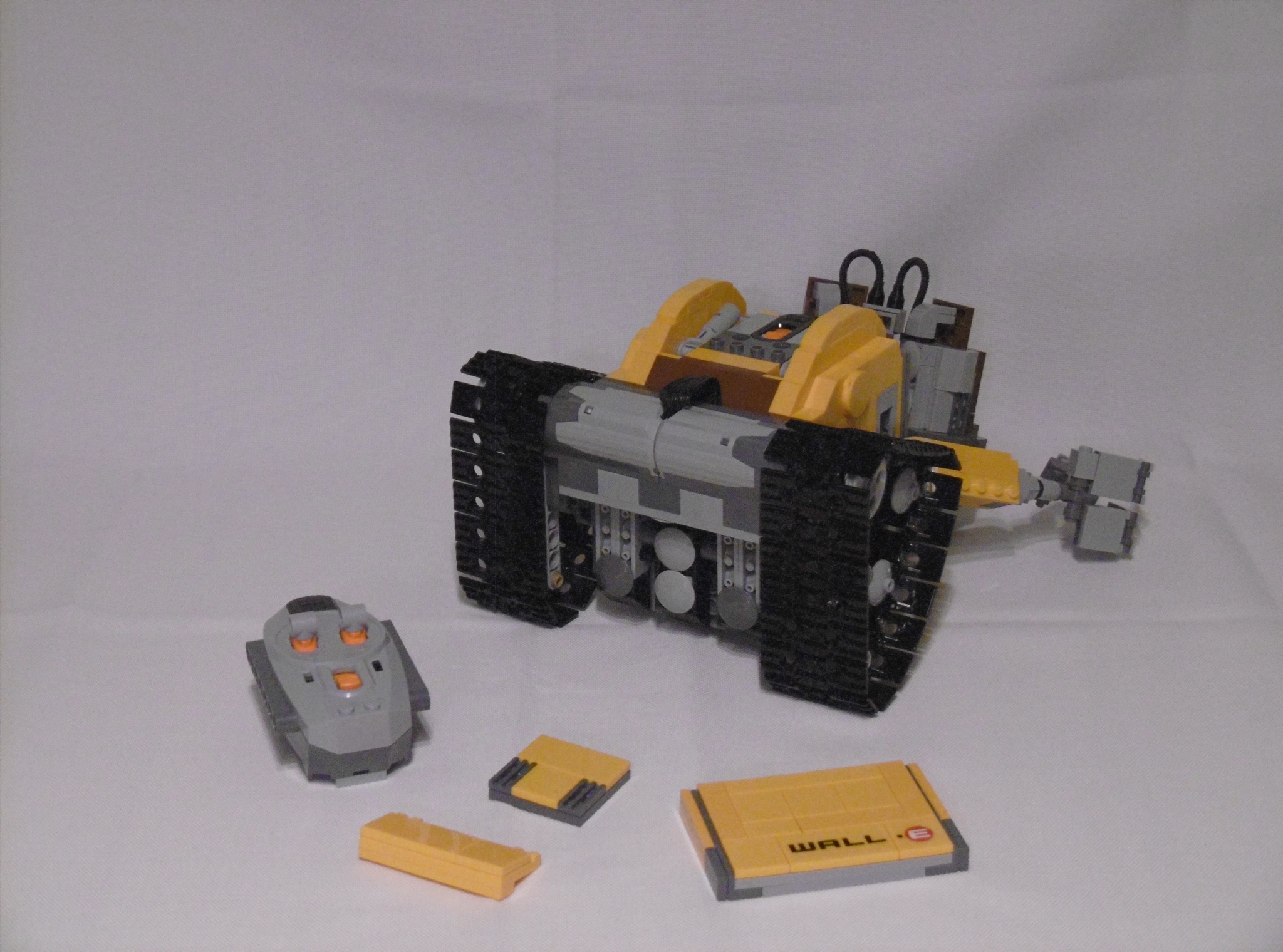
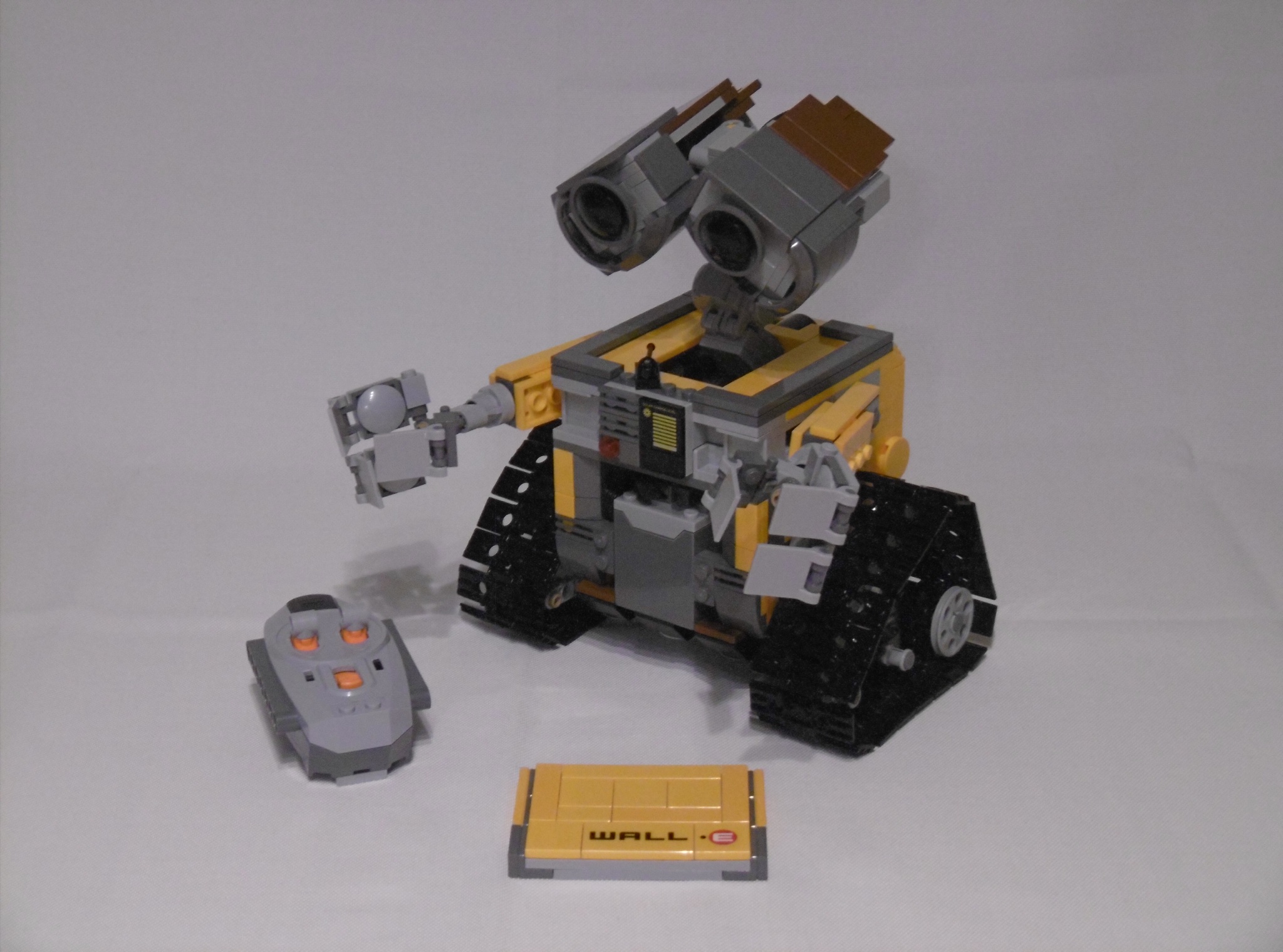
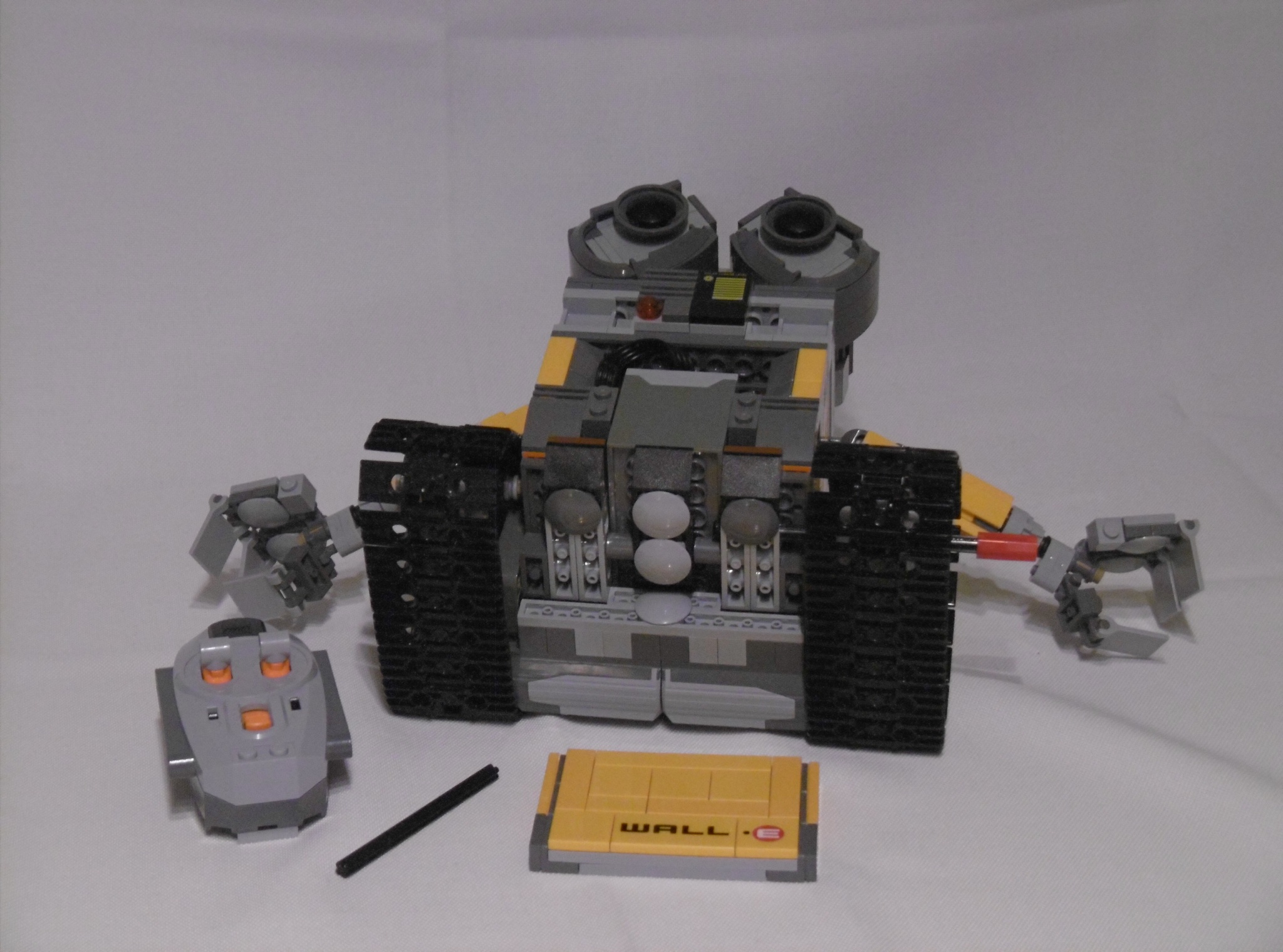

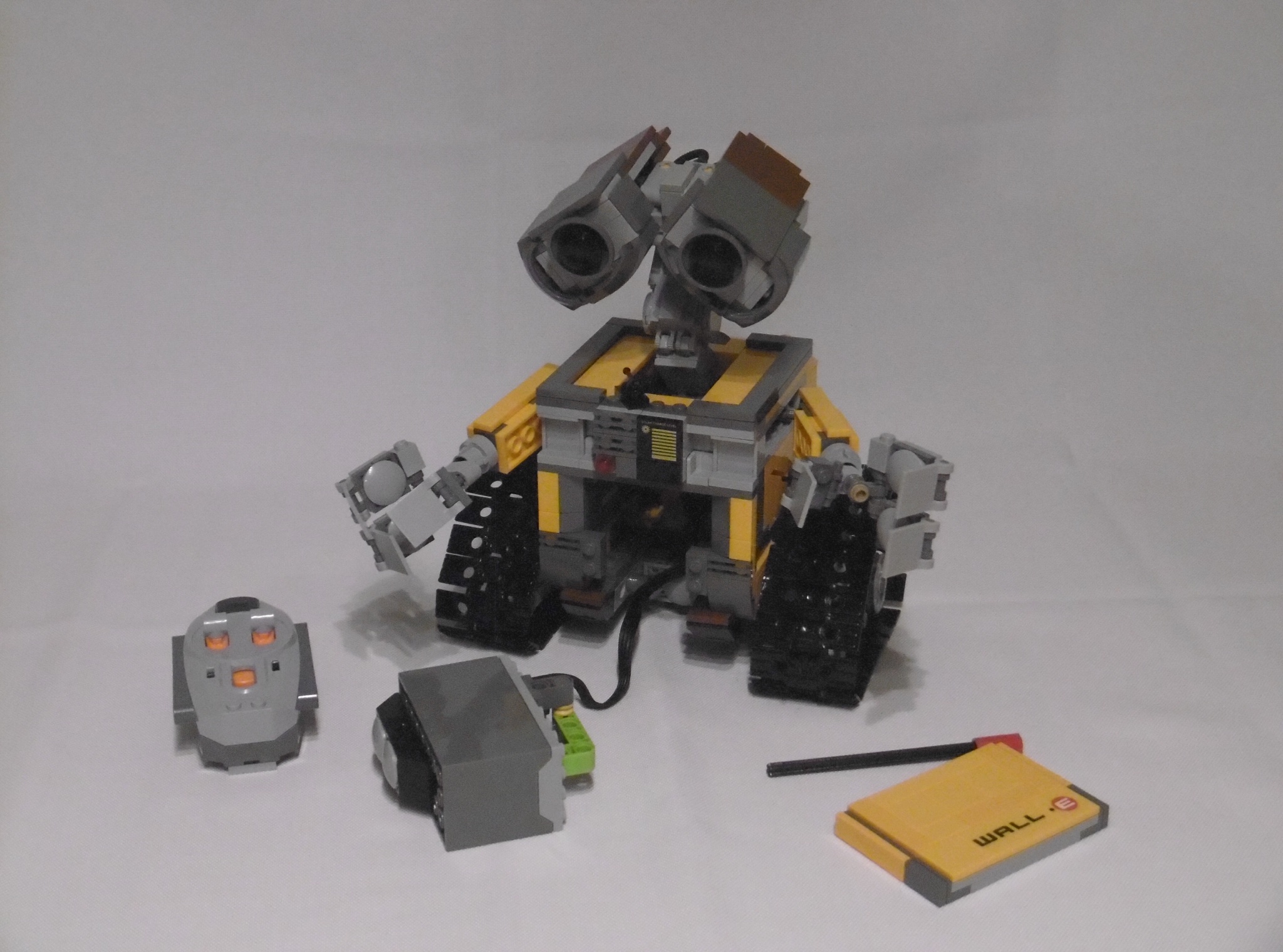
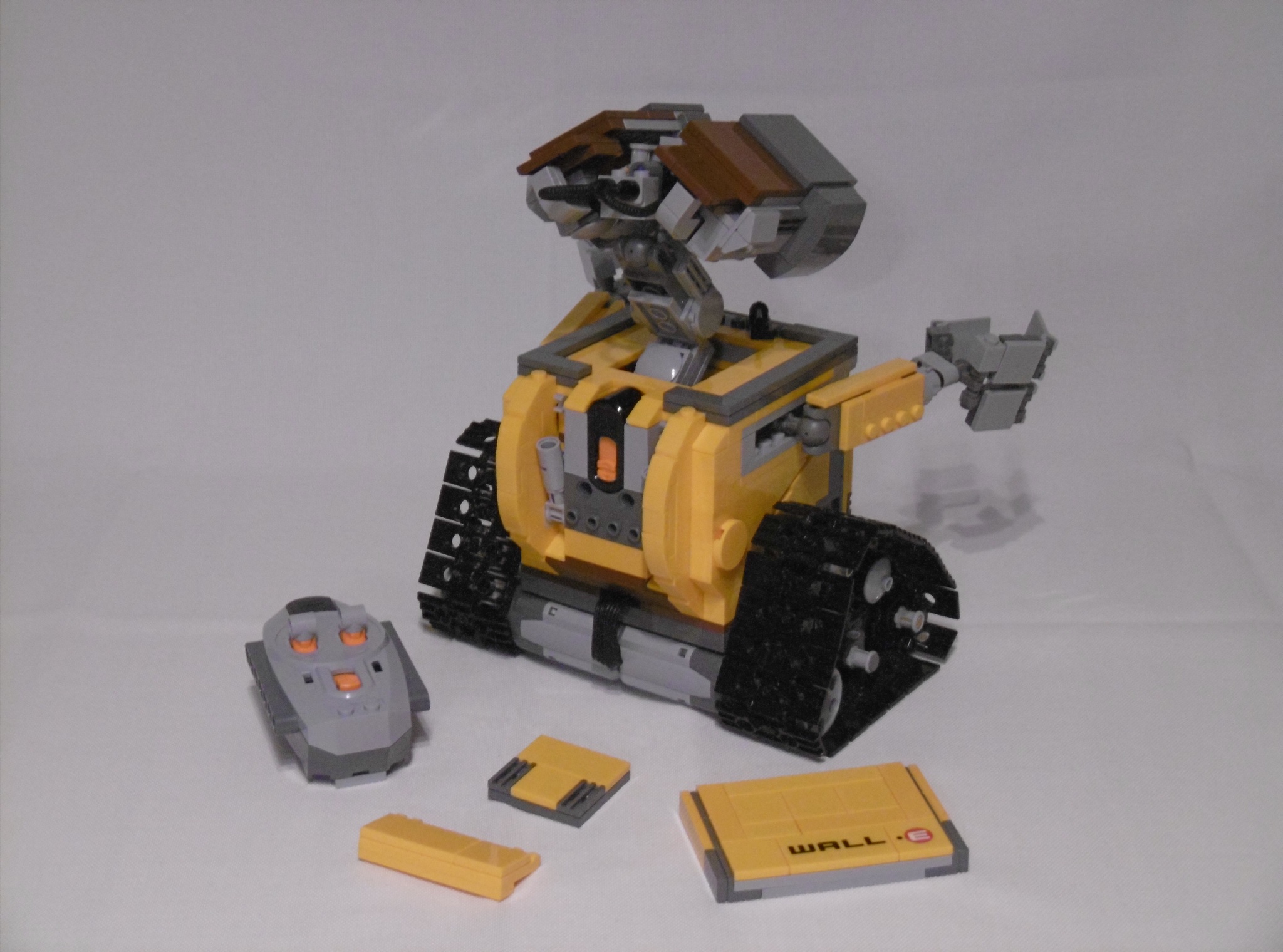
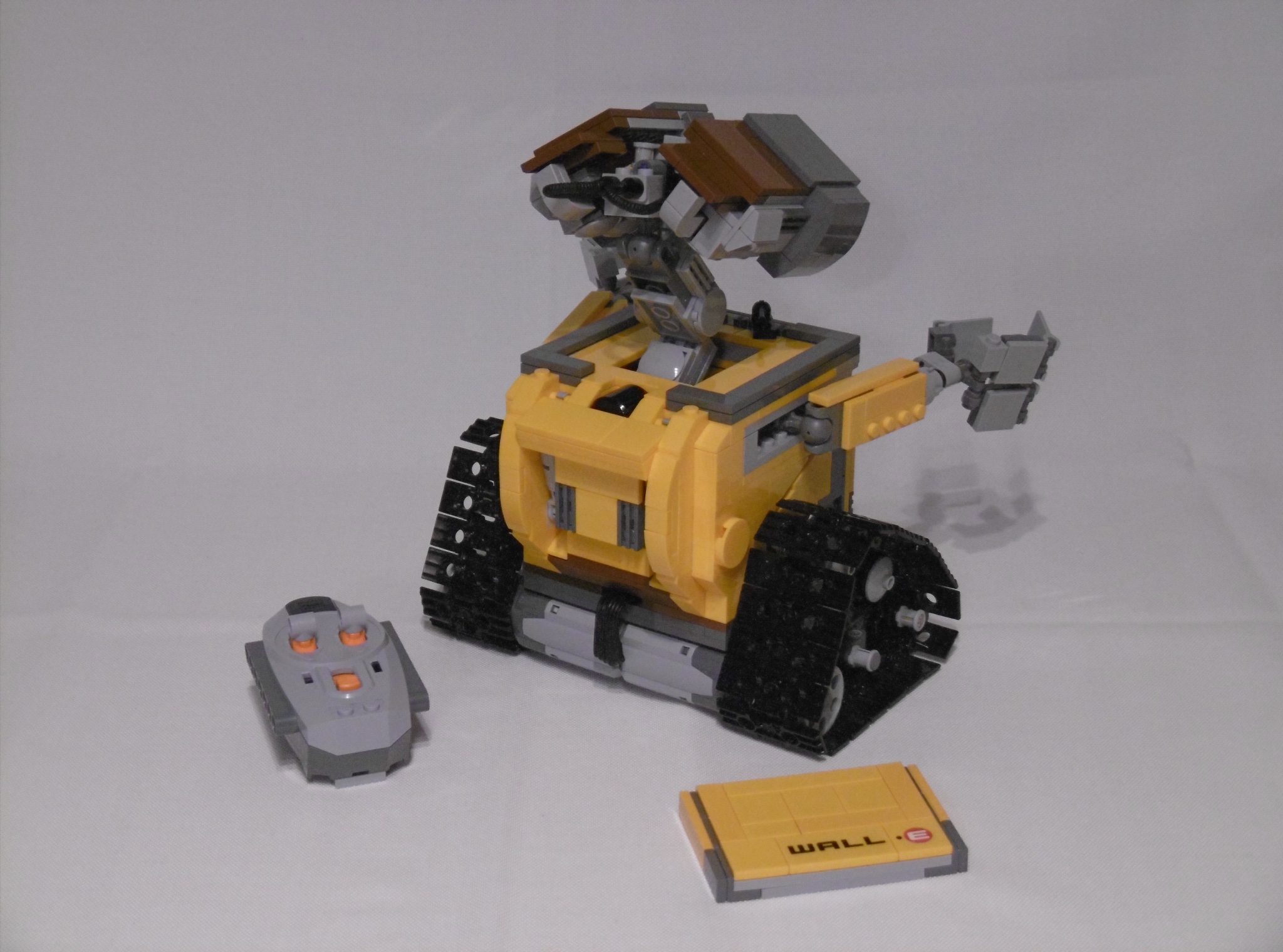
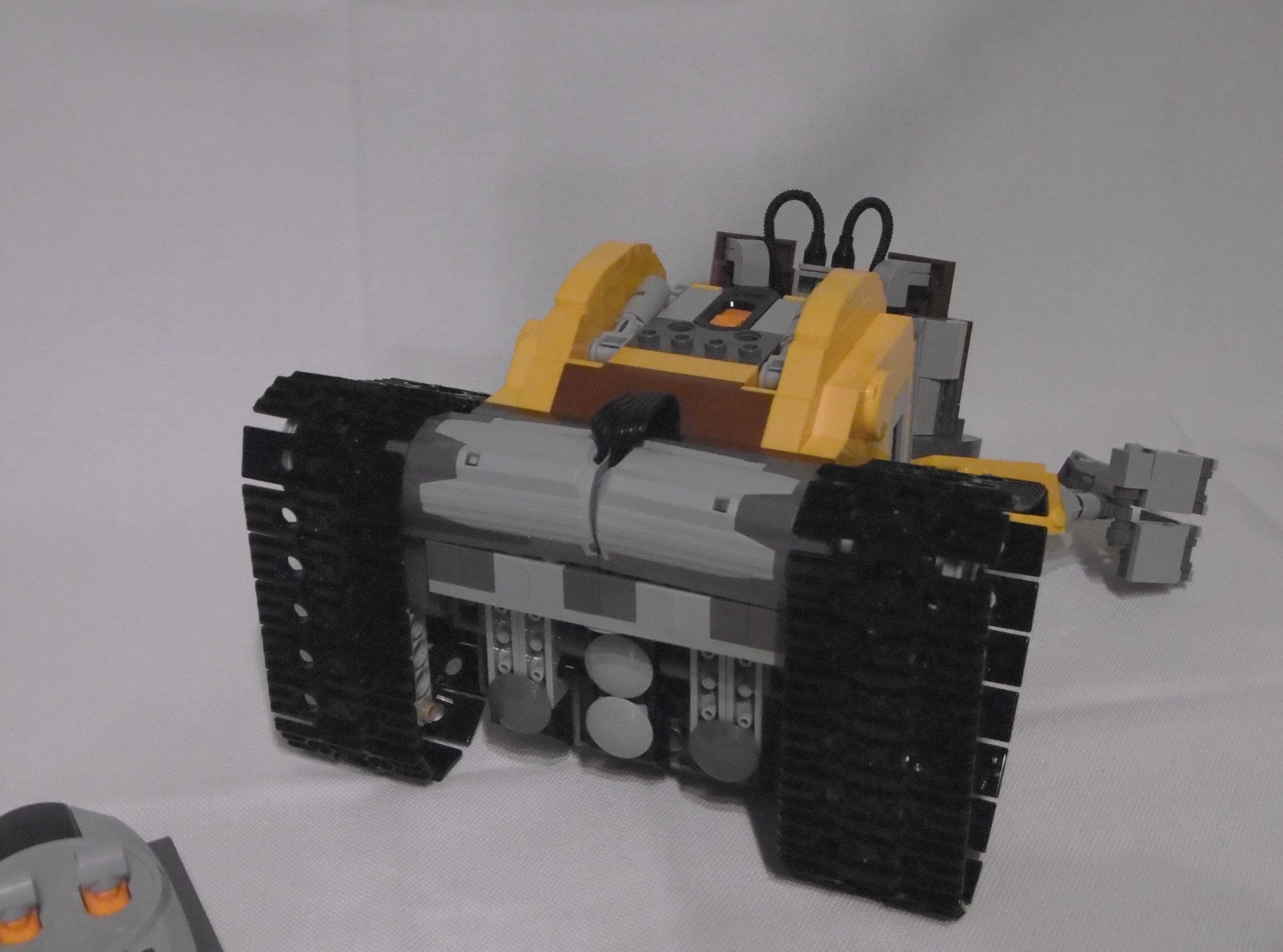

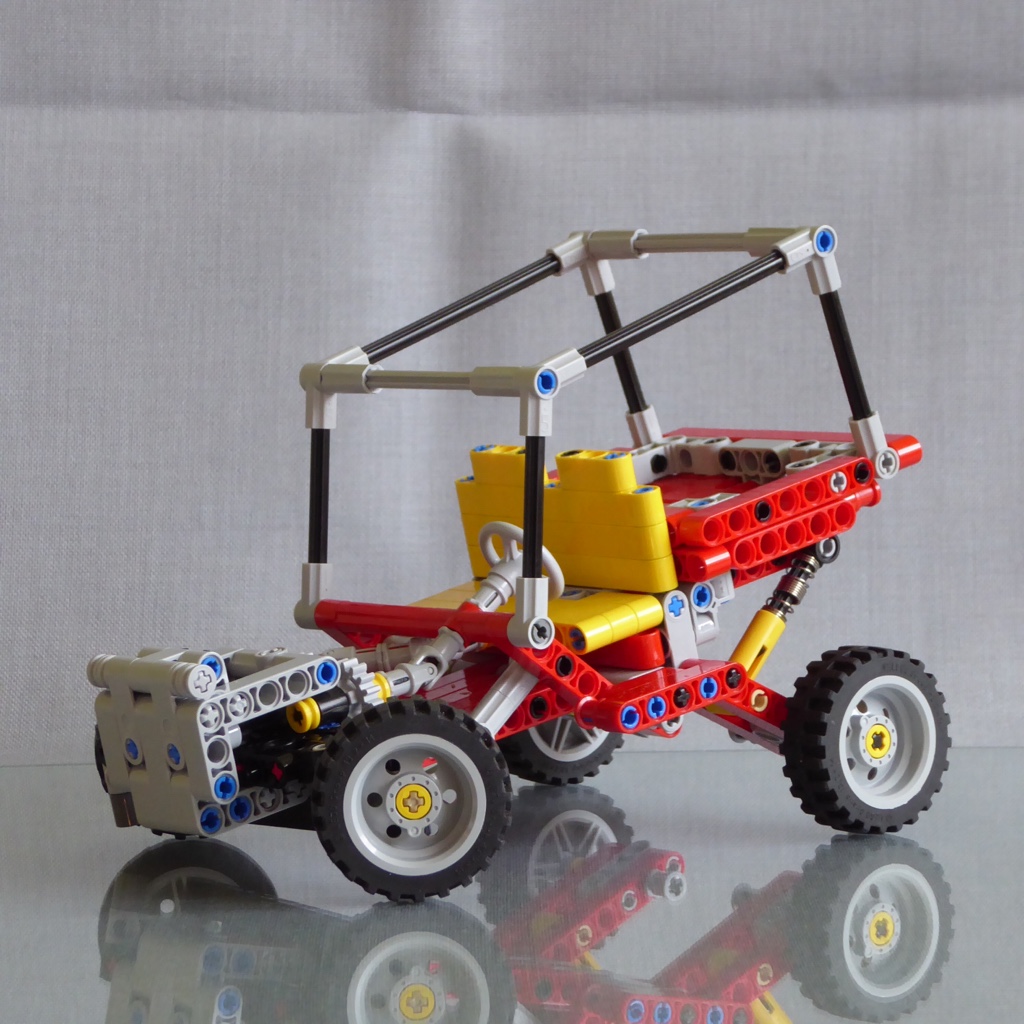

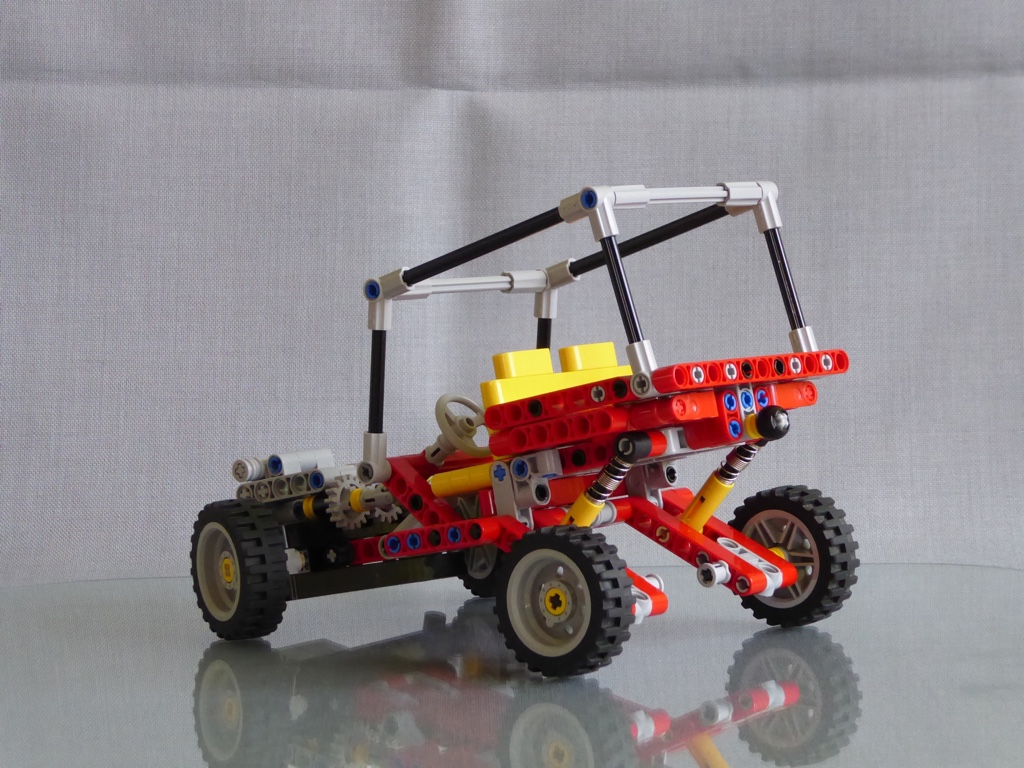
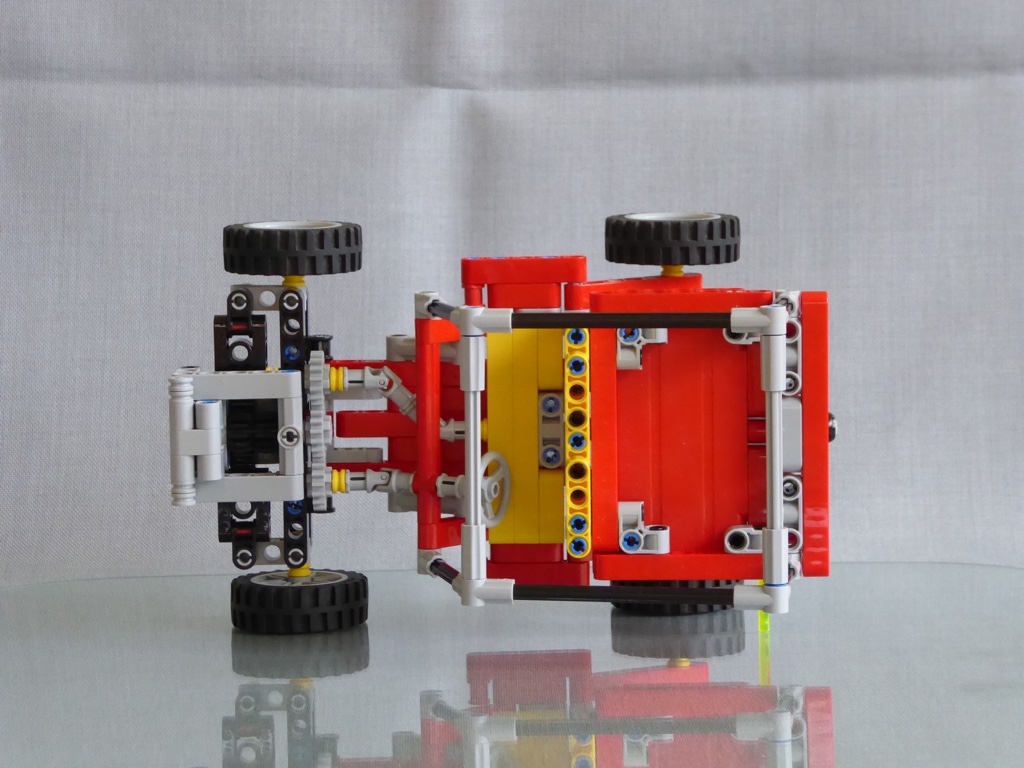 Top view: You can see the front part of the HOG steering.
Top view: You can see the front part of the HOG steering. Bottom view: And here is the rest of it.
Bottom view: And here is the rest of it. Bird’s view: Looks cool for me…
Bird’s view: Looks cool for me…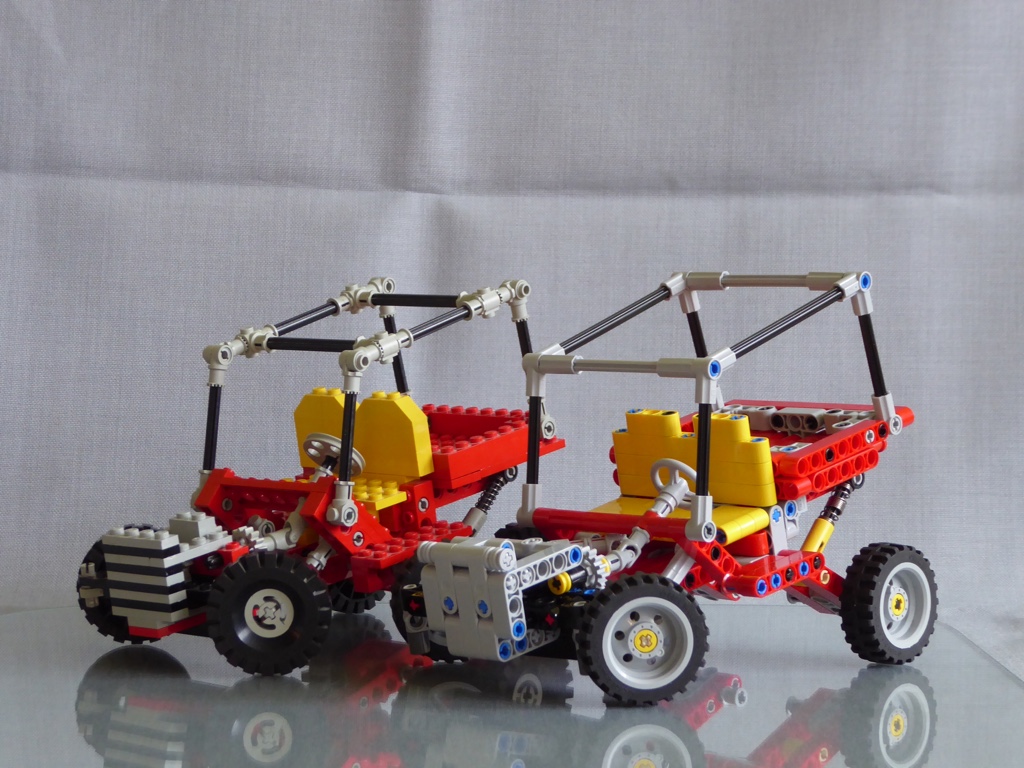 The Next Generation: 8845 and his studless new friend.
The Next Generation: 8845 and his studless new friend. Family picture: The classic 8845, the new studless model, the 6-wide Minifig model (with BrixoNils at the wheel) and the 4-wide model.
Family picture: The classic 8845, the new studless model, the 6-wide Minifig model (with BrixoNils at the wheel) and the 4-wide model.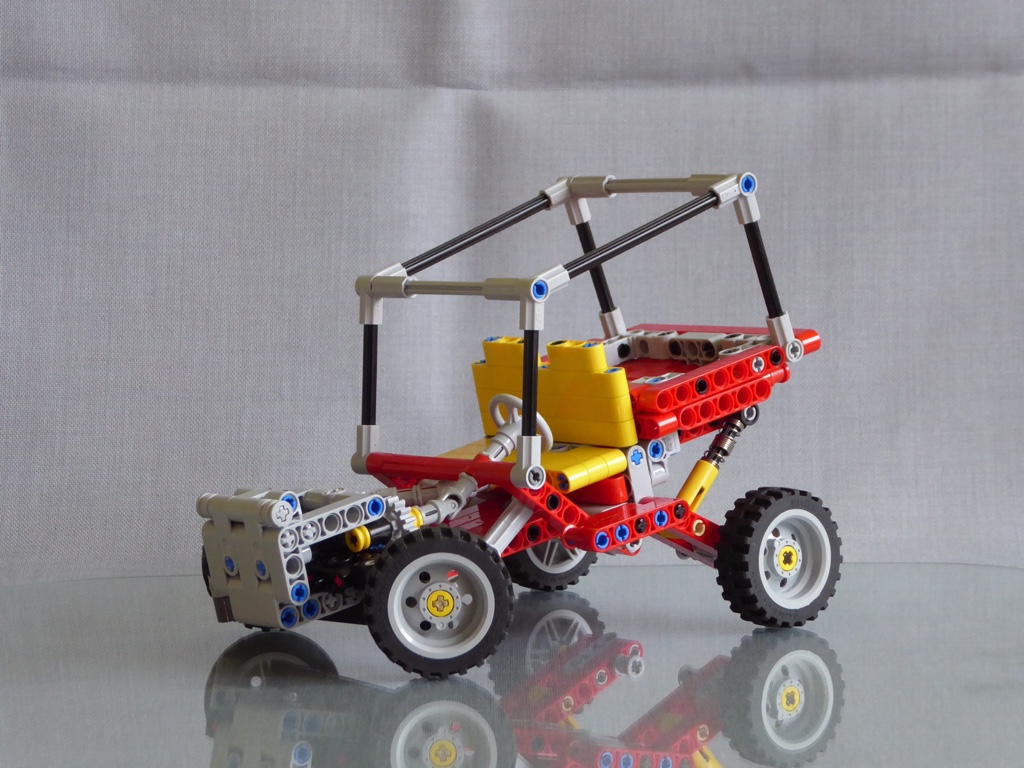 So, that’s my new studless version of the classic Lego Technic 8845 Dune Buggy. I hope you like it :-)) – Maybe not as much as I do, but who could expect that? ;-))
So, that’s my new studless version of the classic Lego Technic 8845 Dune Buggy. I hope you like it :-)) – Maybe not as much as I do, but who could expect that? ;-))